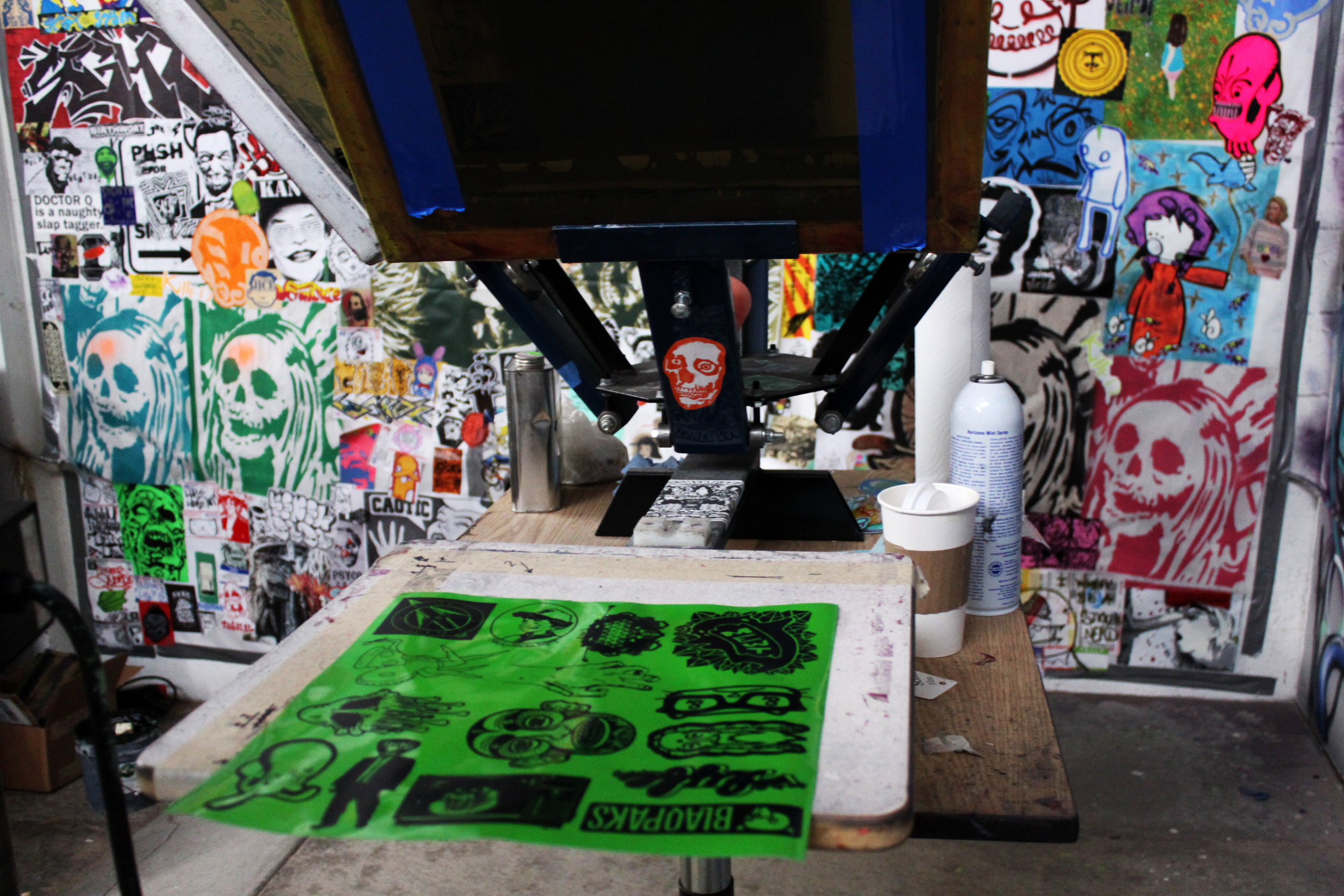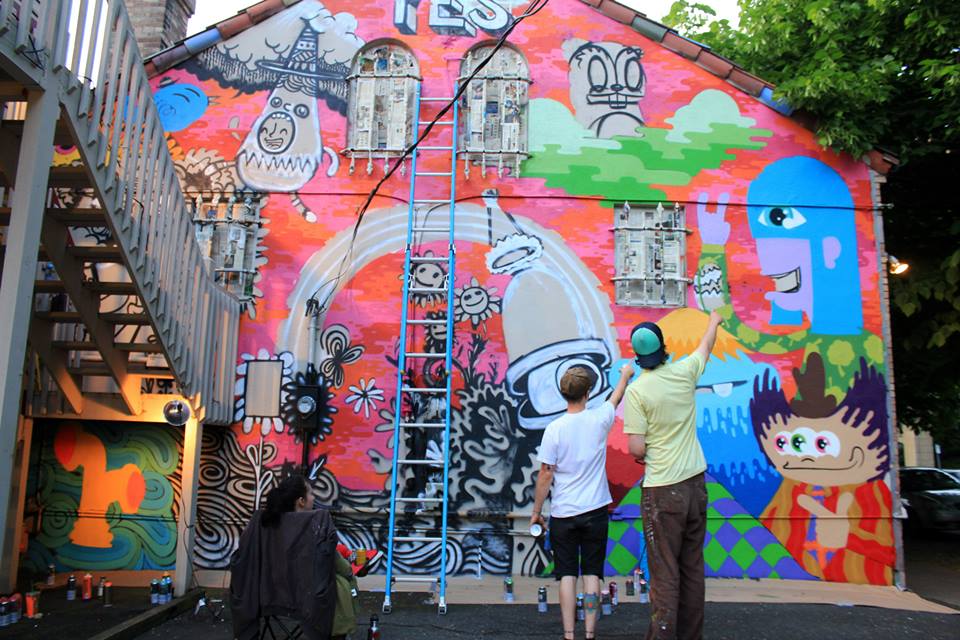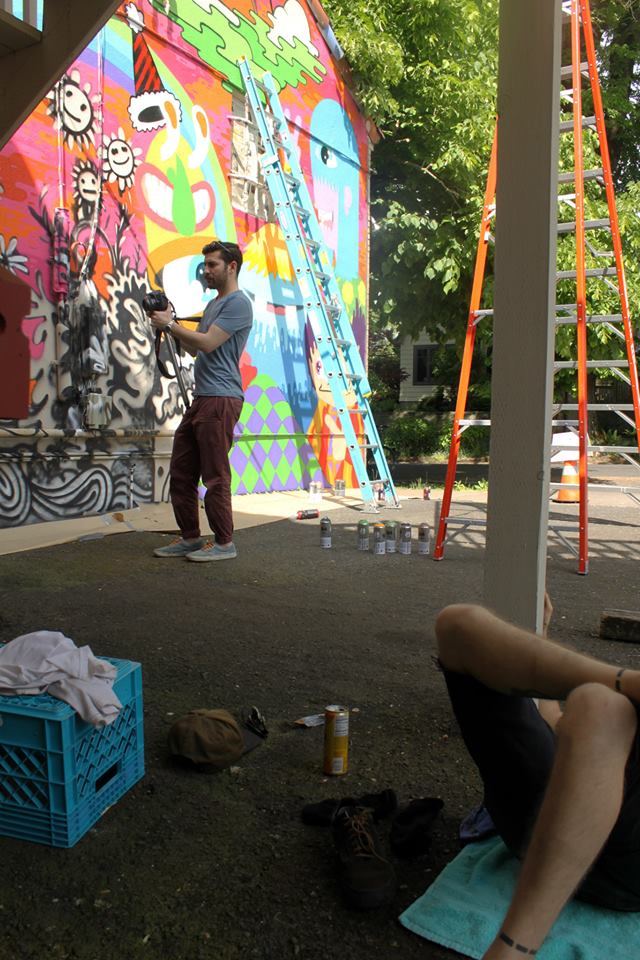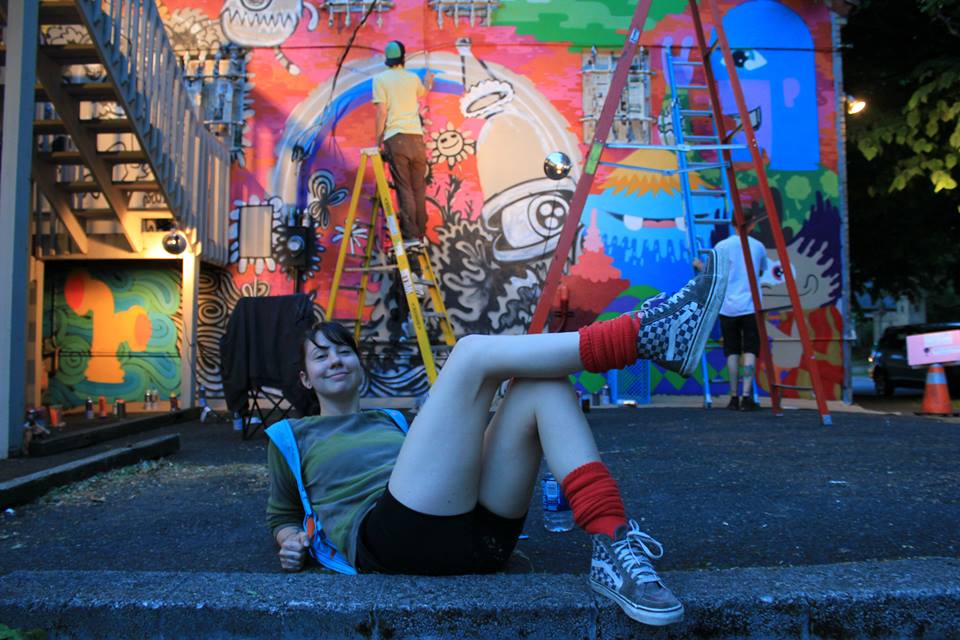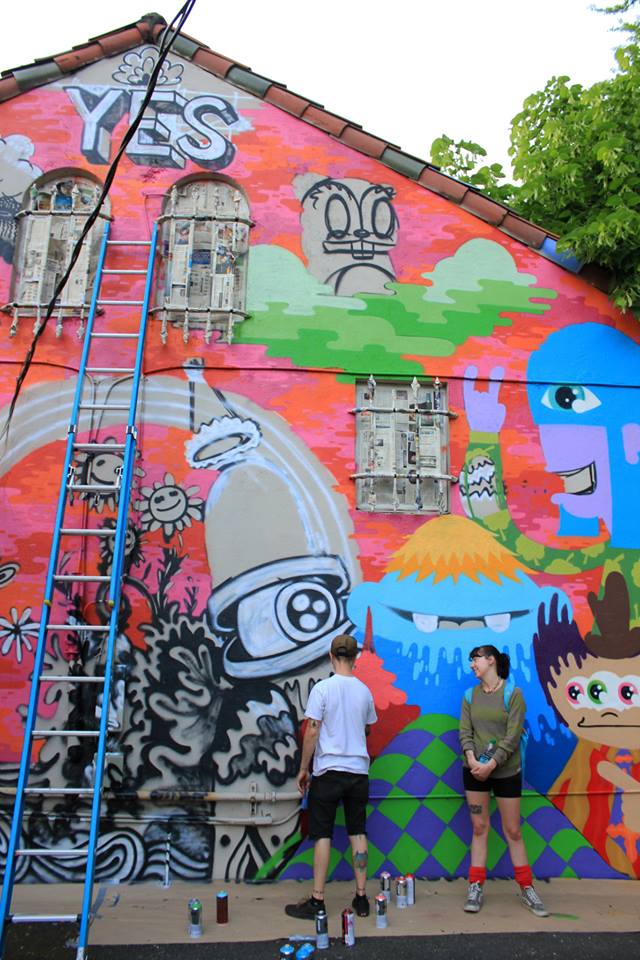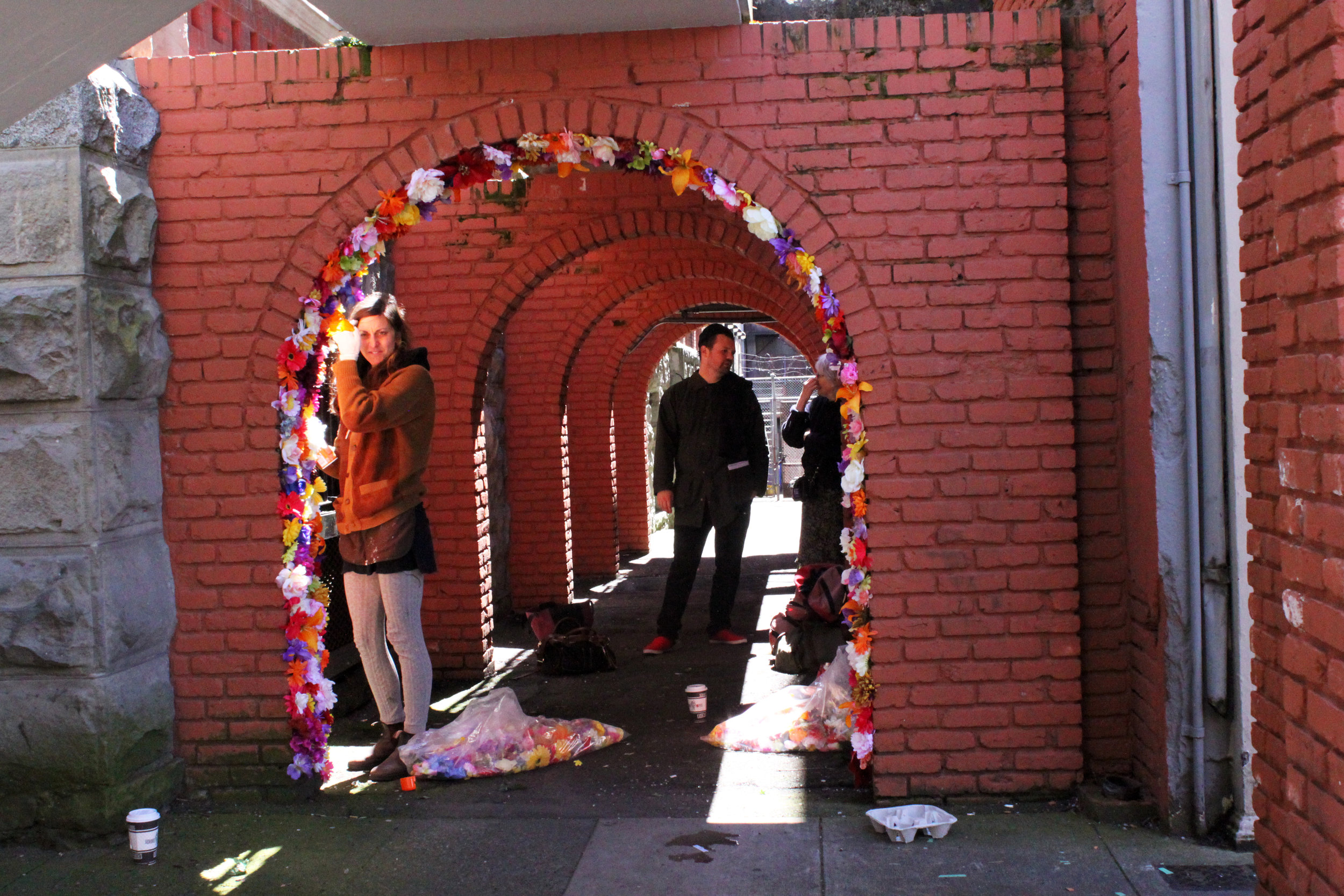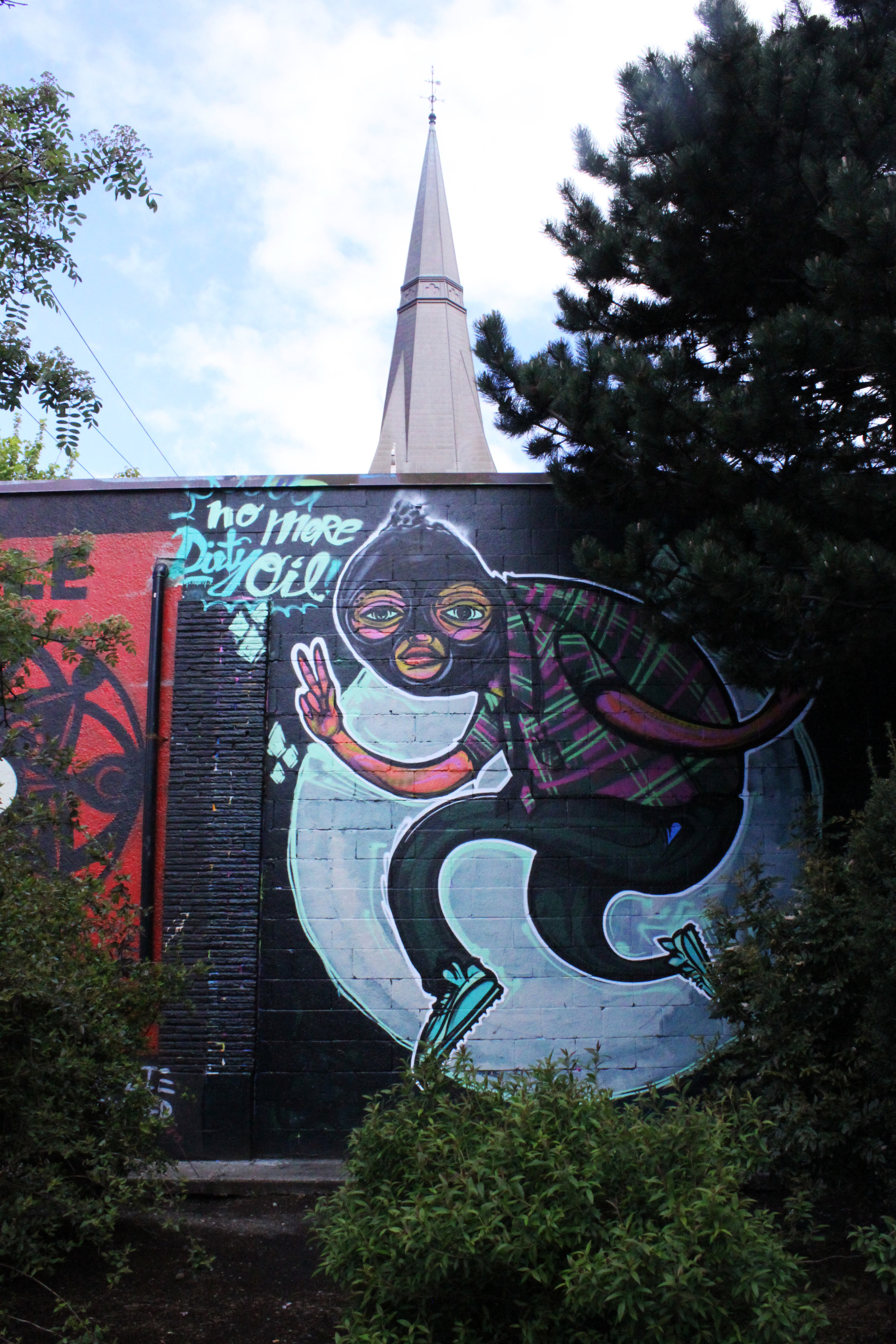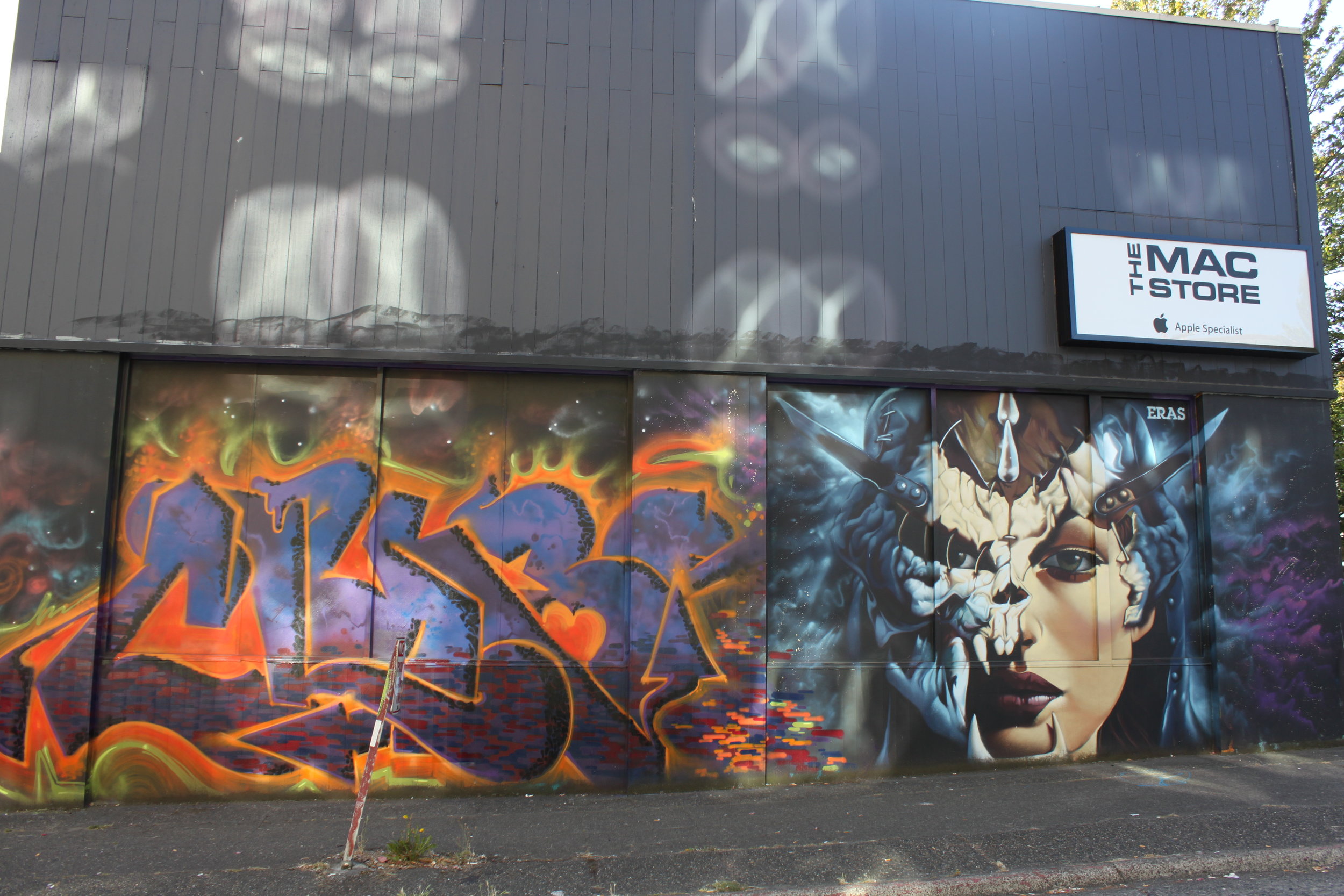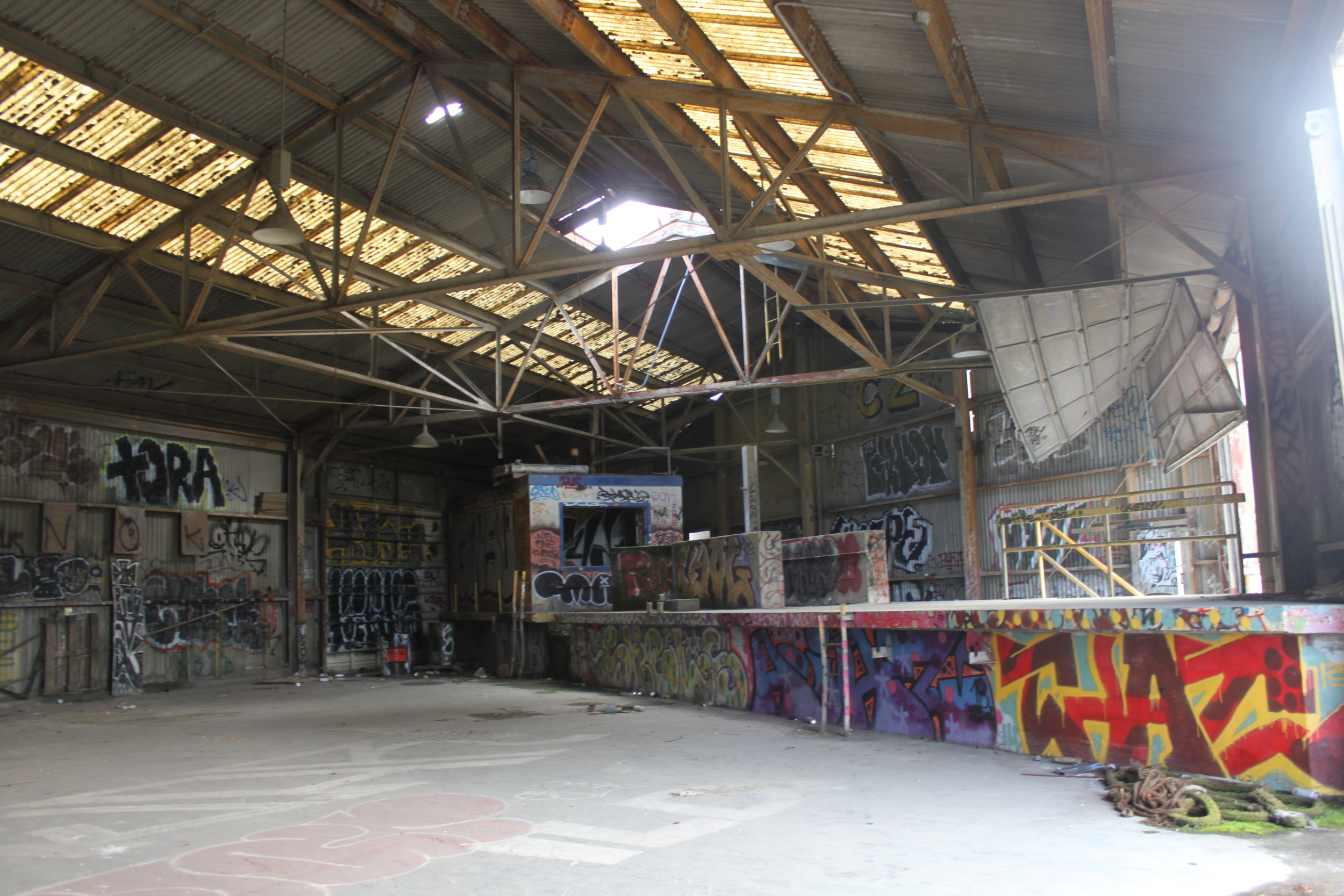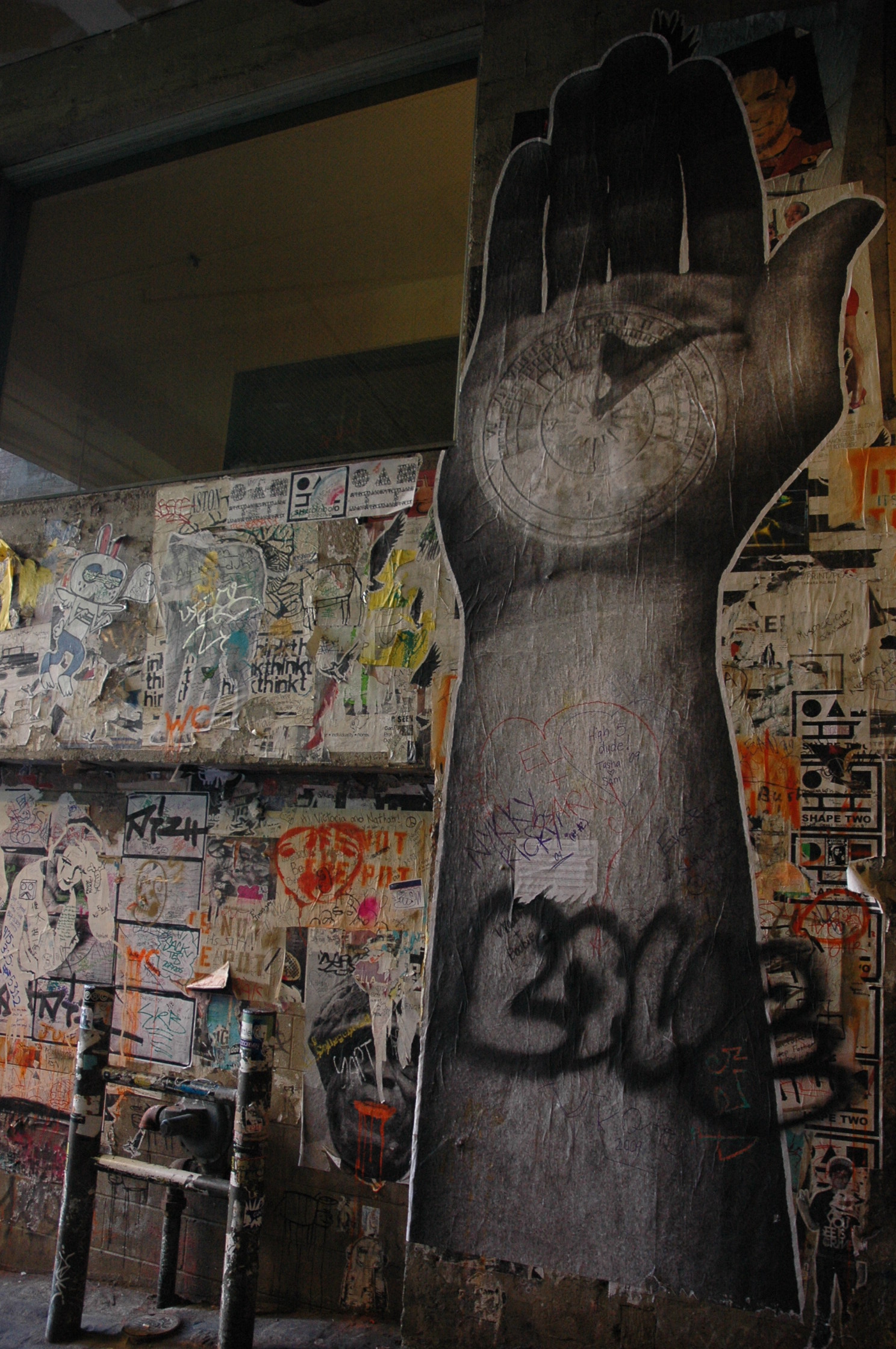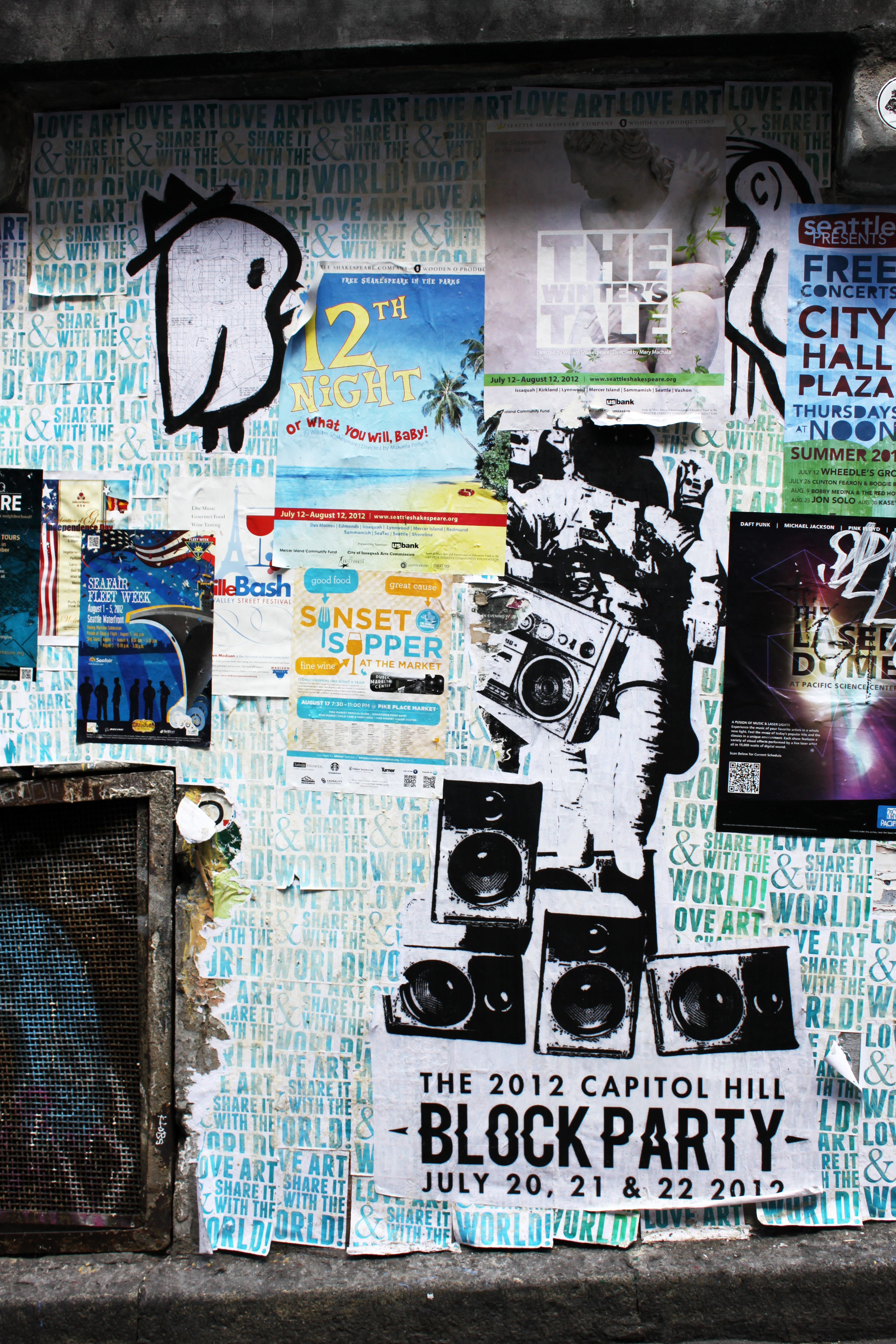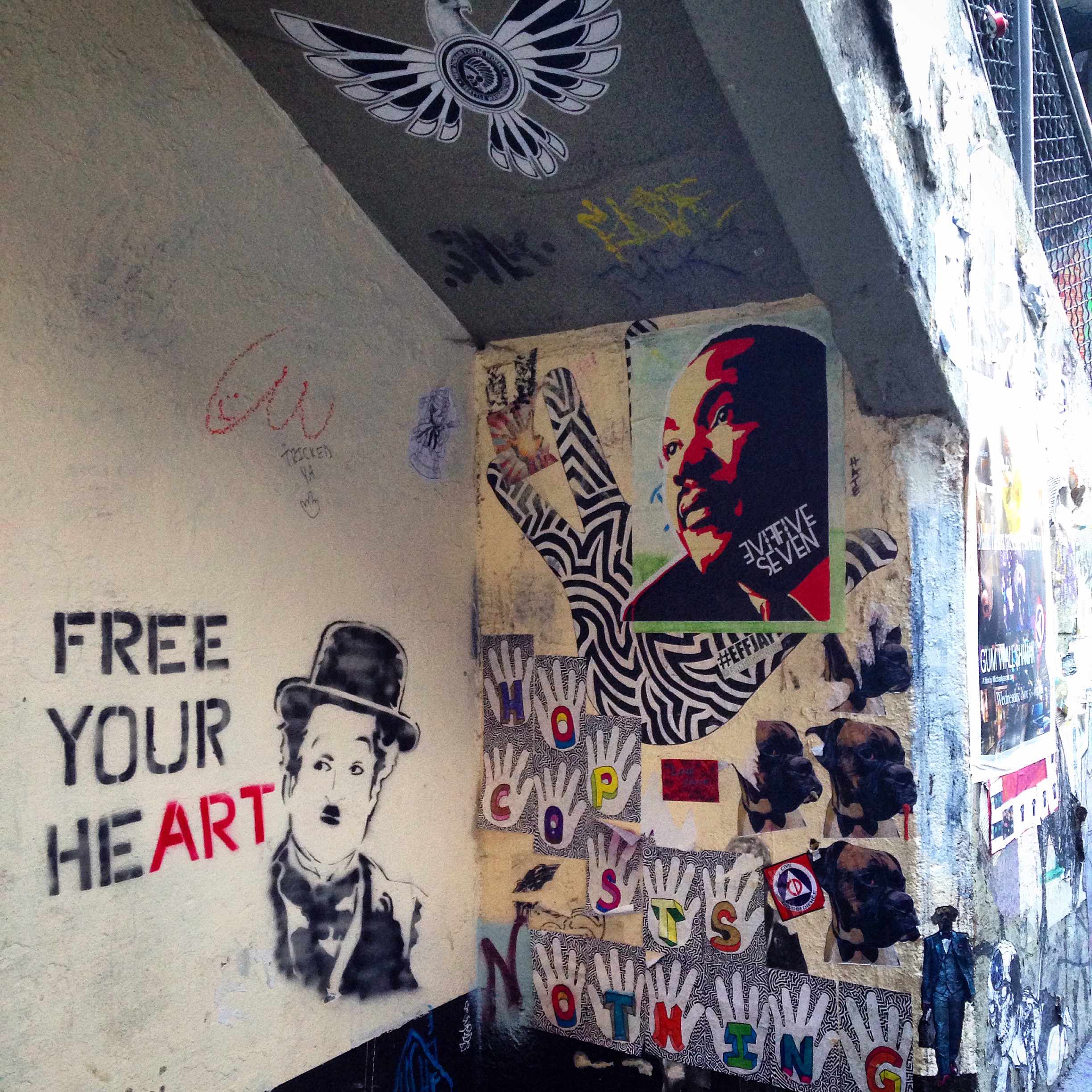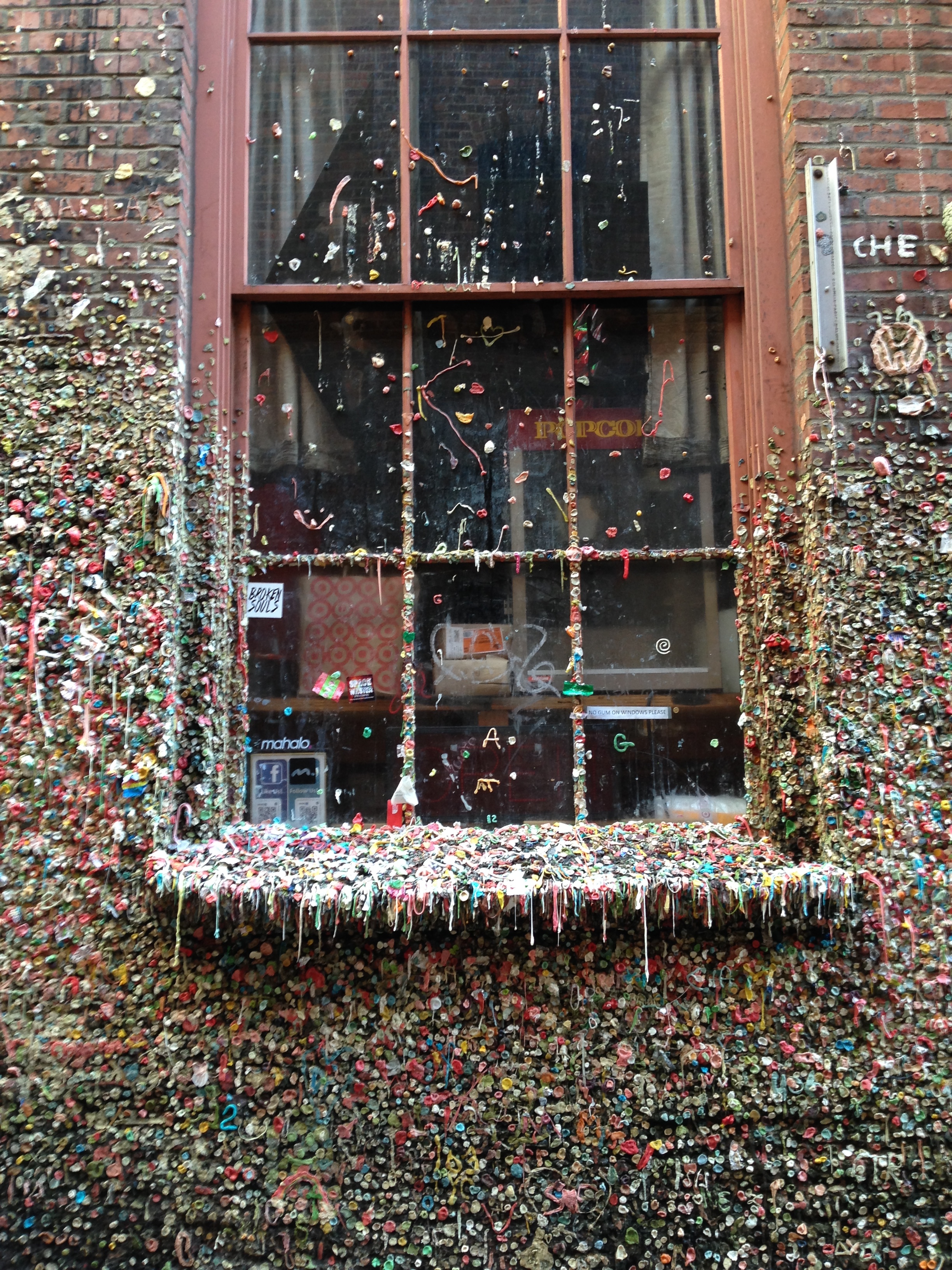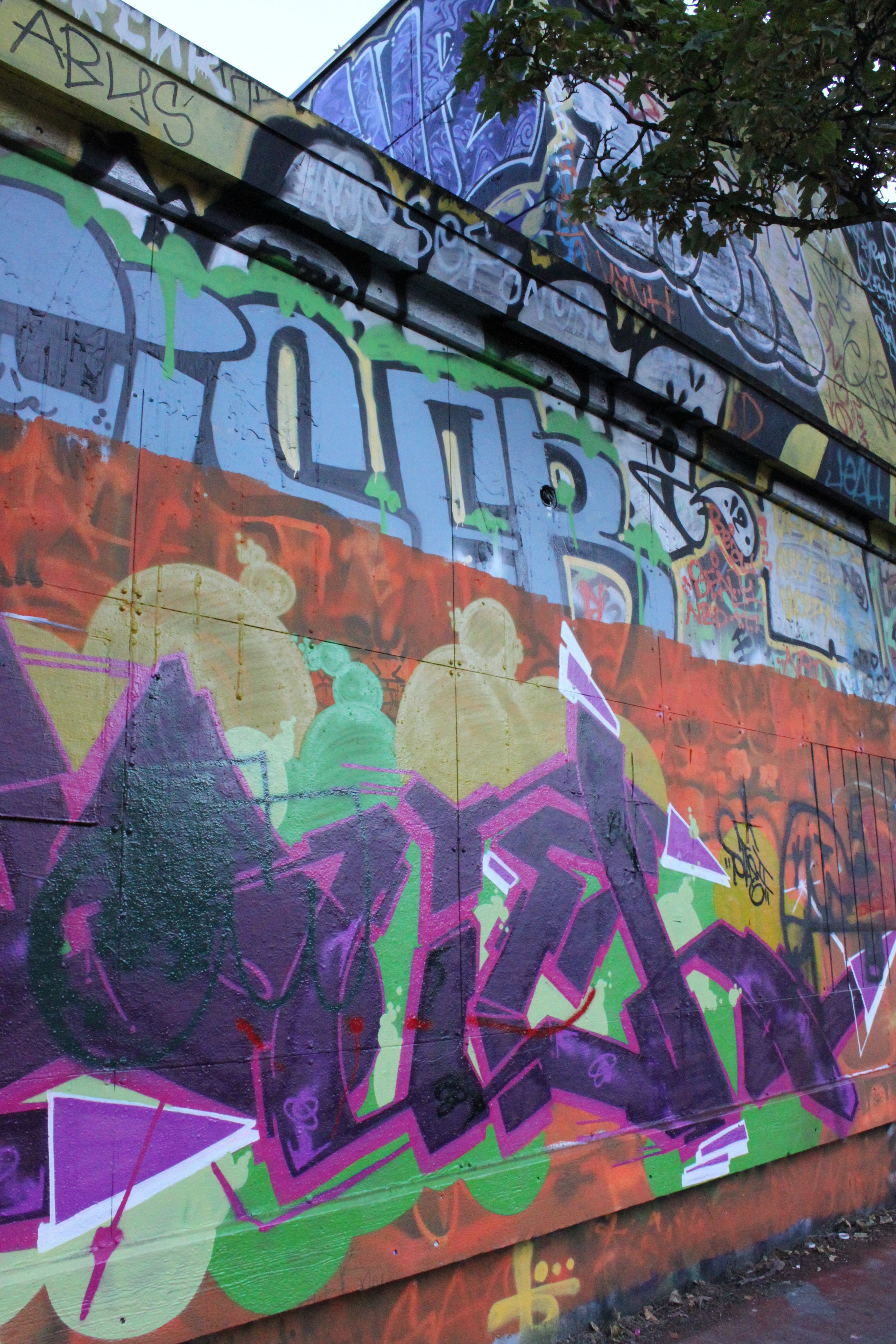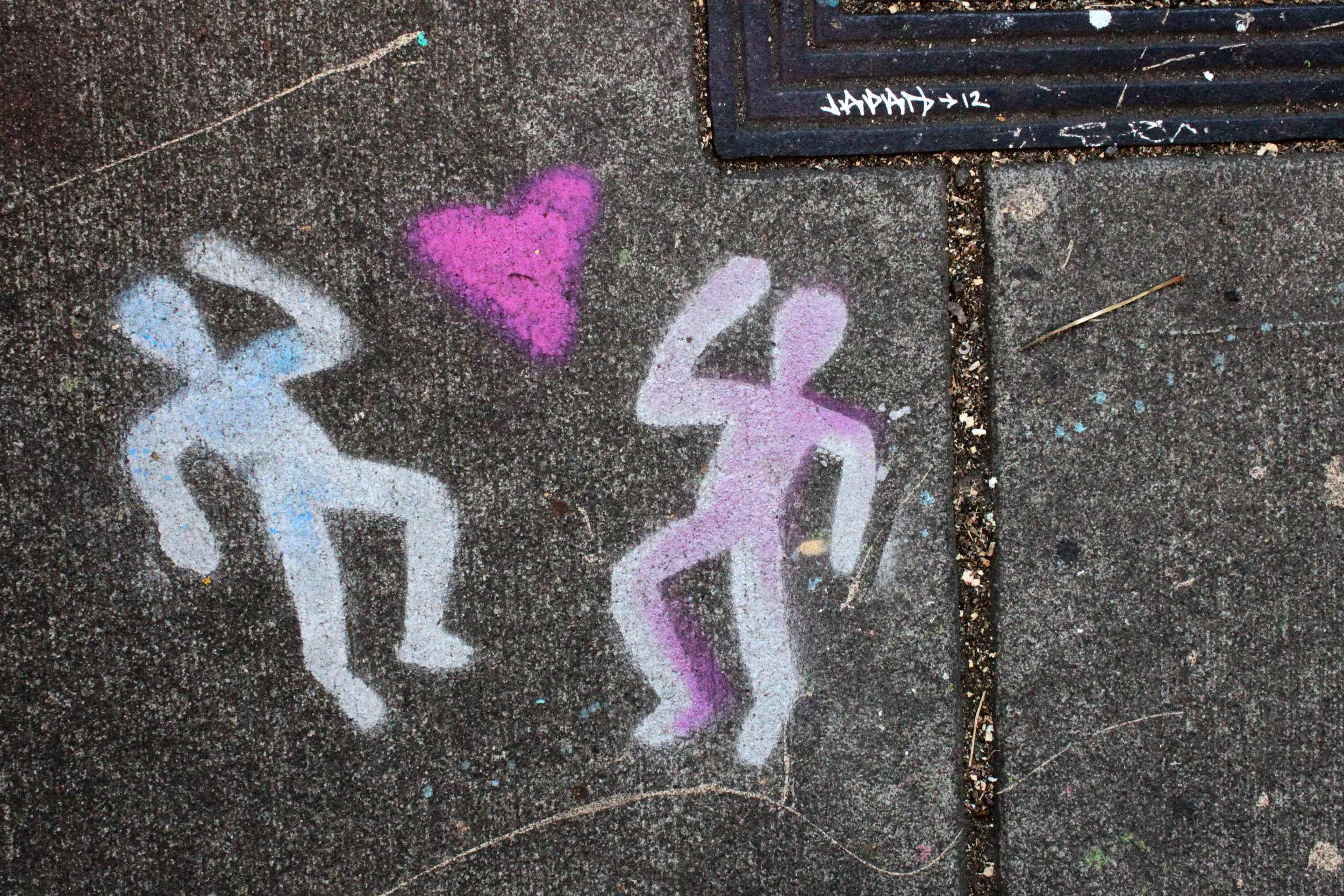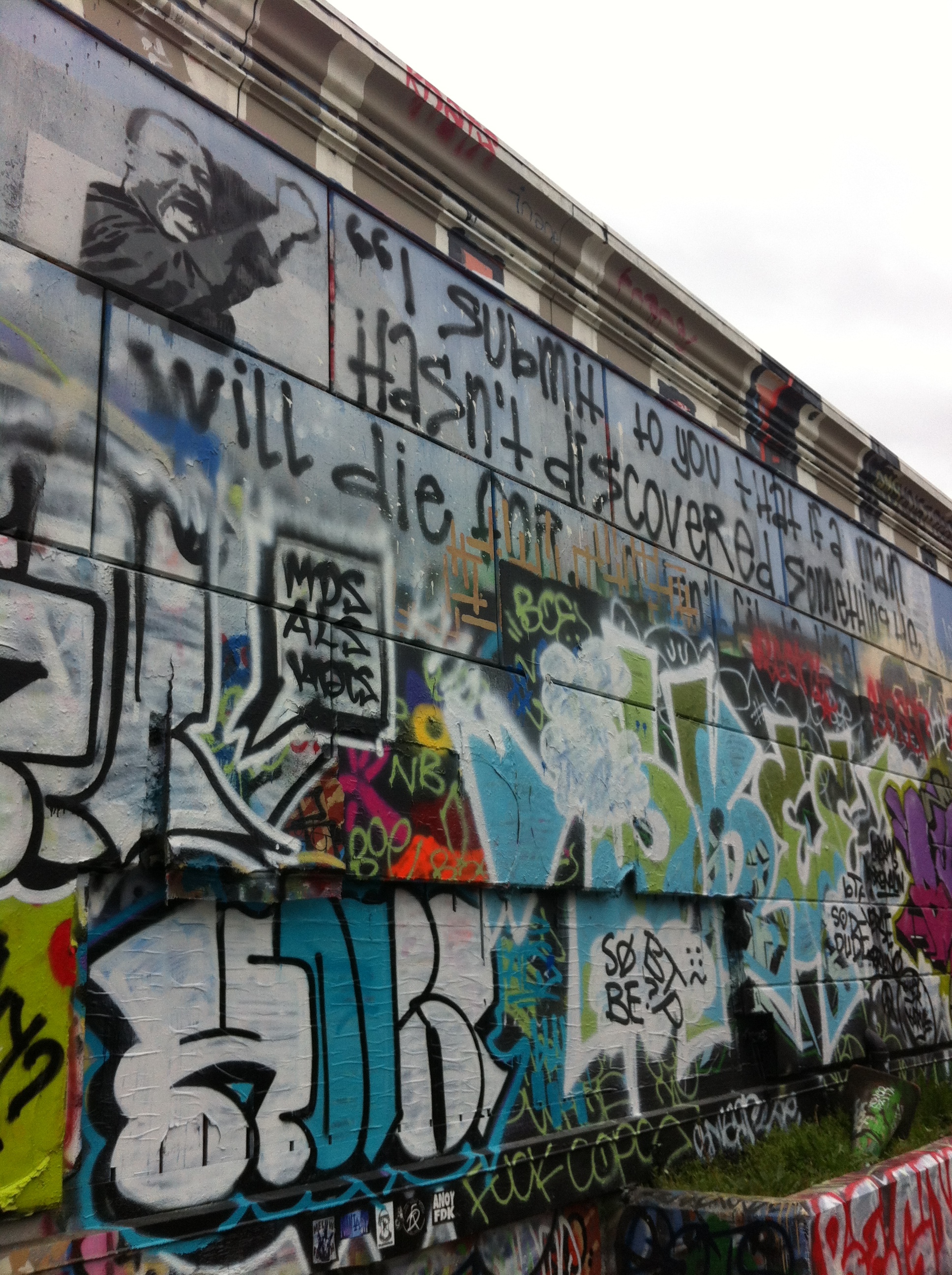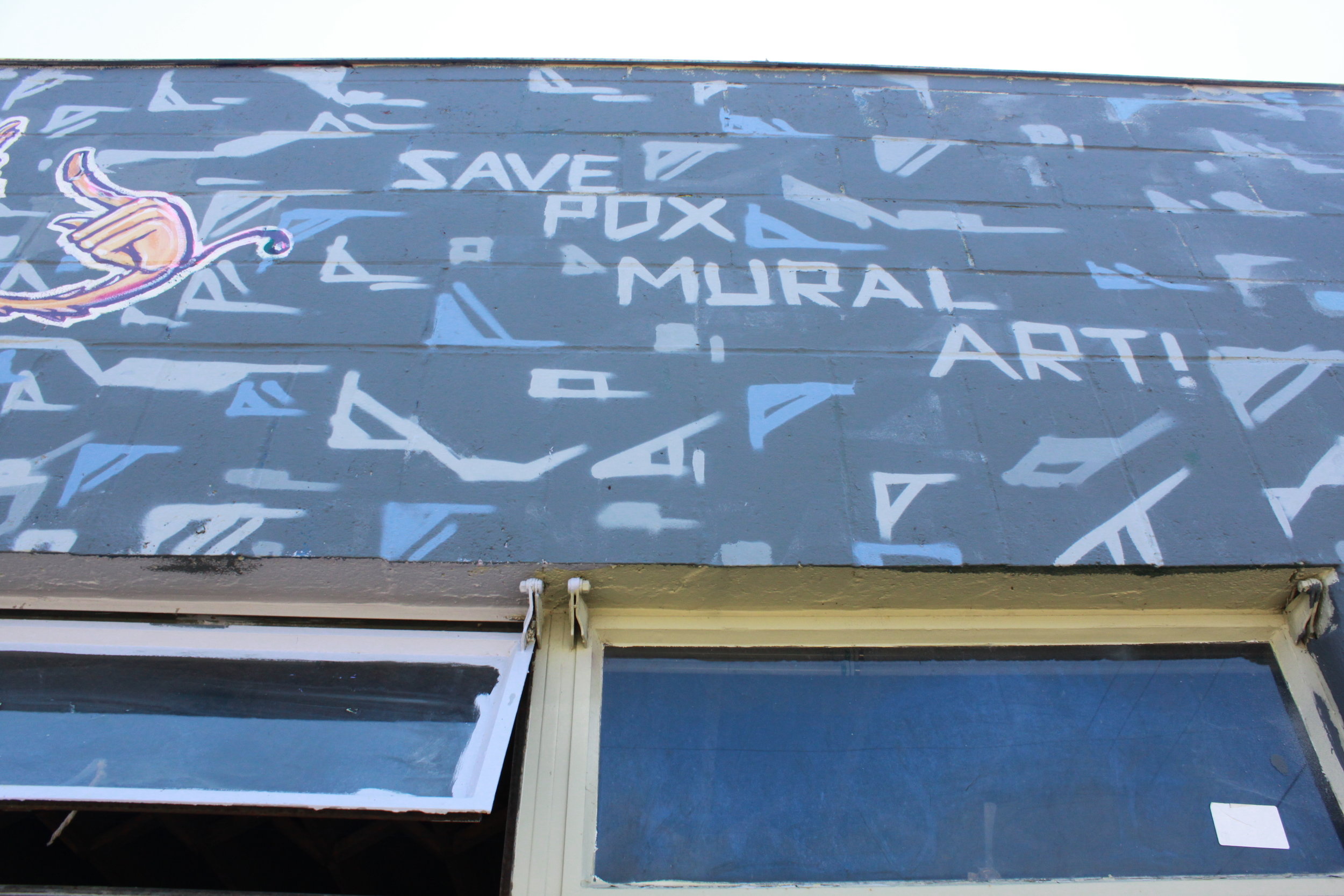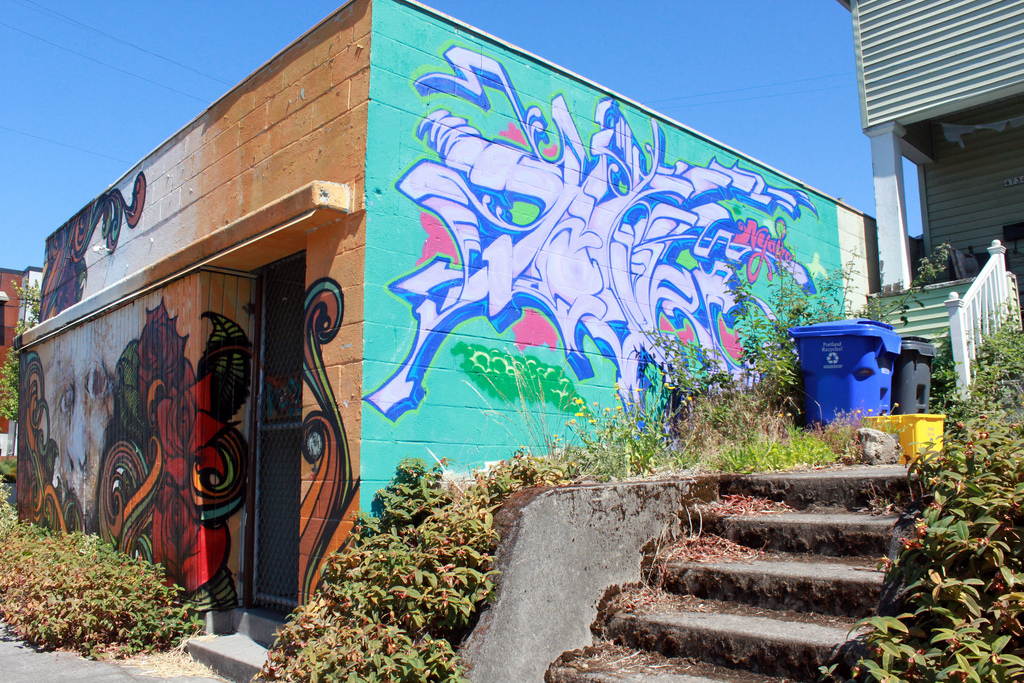FOREST FOR THE TREES MURAL PROJECT
Forest for the Trees (FFTT) is a non-profit public mural project that promotes public visual expression; collaboration; and community engagement with contemporary art and the creative process. For a few weeks in late August, the streets of Portland and its communities, were activated by a surge of art. FFTT is organized by artist Gage Hamilton, curator Matt Wagner of Hellion Gallery, and event producer Tia Vanich. It is also made possible by community volunteers who help with various project logistics, like transportation. In 2015, this team organized an impressive group of 30 artists from all around the world to paint 20 murals in the City of Portland. Participating FFTT artists donate their time, and in return FFTT secures the walls, all required city permits, and pays for all the materials, equipment, travel costs, and logging the artists may need during the project. Funding for the project comes mostly from public crowd-sourcing campaigns & Regional Arts and Culture Council (RACC) grants, along with discounts and donations from local businesses.

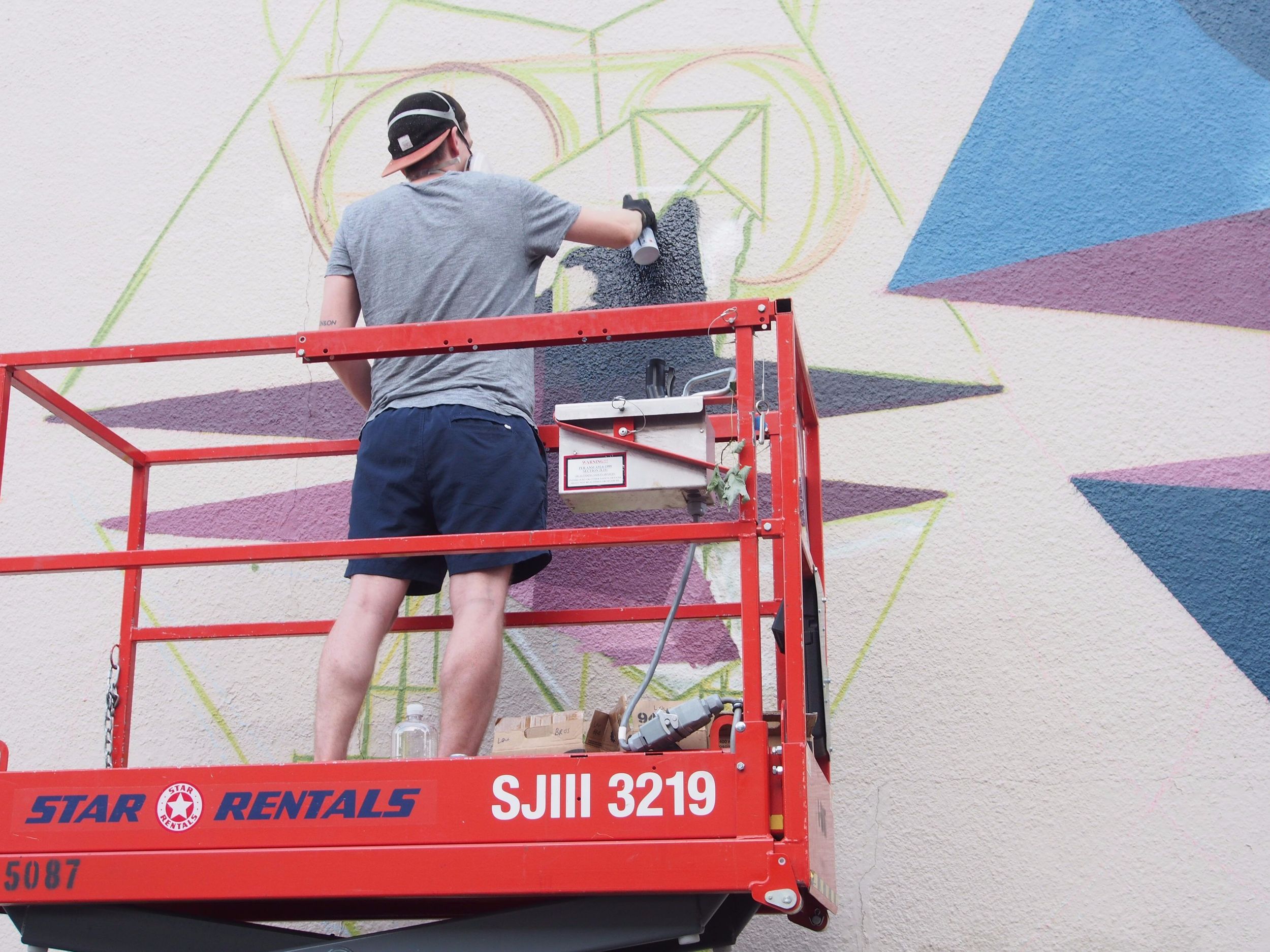

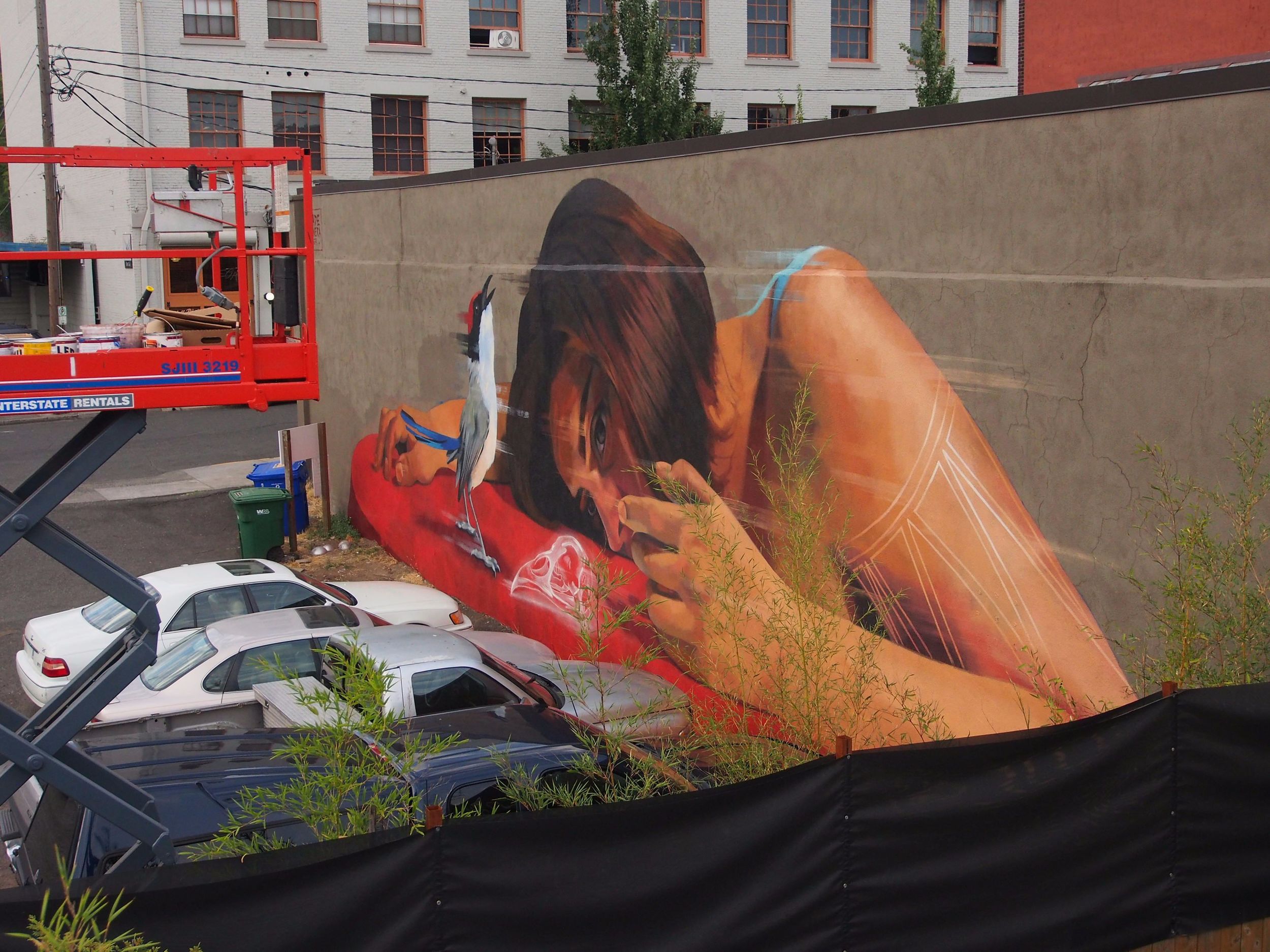




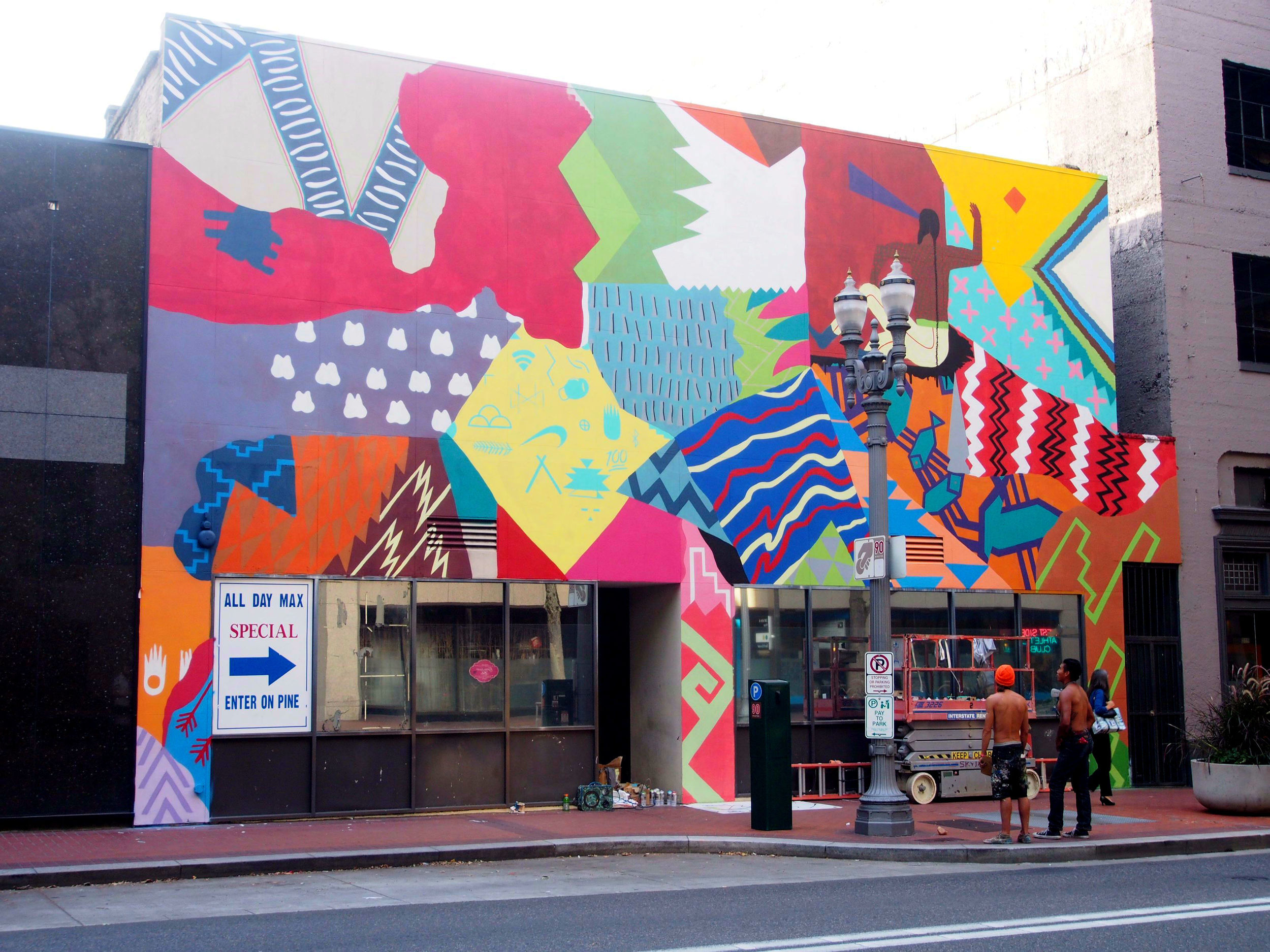


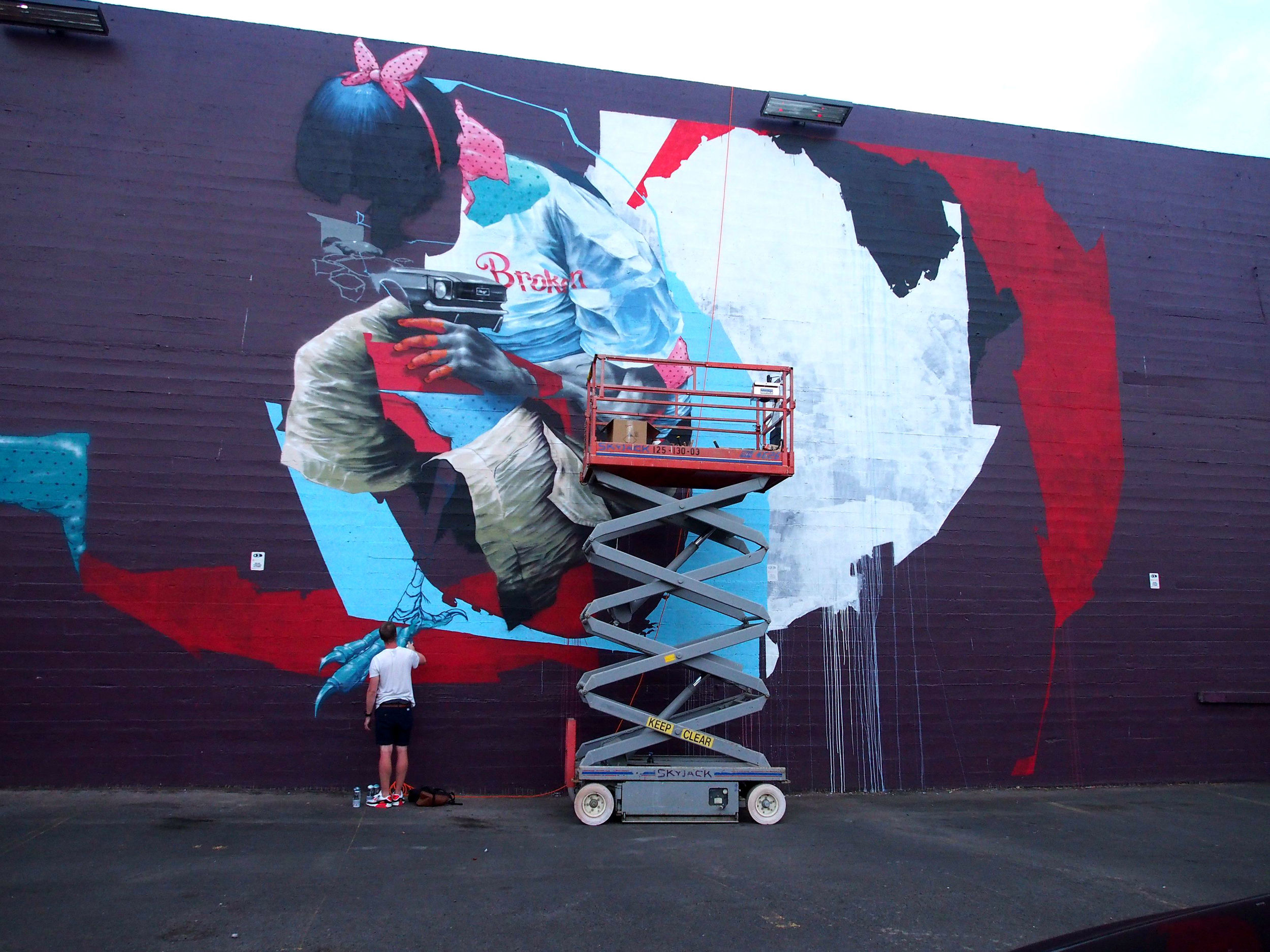

The 2015 3rd annual FFTT once again propelled Portland’s creative energies forward, bringing together local and visiting artists from around the world to transform walls with their unique visions and diverse talents. Portland Street Art Alliance (PSAA) partnered with the FFTT team again and hosted a free public bicycle tour, visiting in-progress murals located in SE Portland. This 3-hour tour was lead by PSAA and FFTT directors, along with a team of volunteer route experts, intersection corkers, and documenters. It was great to see such a wonderful turn out, even on a blustery morning, with about 40 people showing up for the ride. Traveling refreshments were generously provided by Guayaki Yerba Mate’s bike cart.
At each stop, tour guides provided commentary on each mural and the artists behind the work. Also discussed were topics like: the two processes for creating murals in Portland (via city permit or RACC), artistic copyright law (VARA rights), the global street art scene, and rise of street art festivals, and the constant battles over the use and control of urban public spaces.
The tour began at Pod 28 (the food carts at Ankeny & 28th) where Minneapolis-based artist Alex Petersen spoke to attendees. Alex described his piece, an x-ray shadow of a creature, as being symbolic of the primal connections among all life on Earth.
Riding down the Ankeny Bike Boulevard, the next tour stop was Josh Keyes’ mural, on the side of There Be Monsters. An well-known local gallery artist, Josh was trained as a fine artist at Yale University of Art and his subject matter often depicts wild animals set in post-apocalyptic urban landscapes – commentary on humanity’s impact on the natural world and nature’s resilience. In this mural, a rhino has literally broken through the wall, in trompe l’oeil style, stampeding down street signs in its path.
Josh explained to the crowd that this was his first mural and his largest painting to-date. He employed an old sign painter technique – using perforated tissue paper and a bag of loose chalk to outline his piece before painting.
Just down the street, the next tour stop was at ADX, where local artists-designers Blaine Fontana and David Rice were at their wall along the back of the warehouse. ADX, a creative workshop, is now a true hub for street art in Portland, being almost completely covered in murals from the past 3 years of FFTT. Their piece included several anthropomorphic beings and a cherished local icon – a totem of Belmont Goats. For years, the Belmont Goat herd grazed in a nearby field before new development pushed them out to the Lents neighborhood earlier this year.
Heading to inner industrial SE, the tour’s next stop was at Peruvian artist Jade Rivera’s massive mural at Union/Pine – a depiction of his wife, laying down with a small bird and skull. This striking piece has a translucent glowing quality. Surprisingly, it only took Jade only a few days to complete.
Just above Jade’s mural, Kazakhstani illustrator Ola Volo and local designer Zach Yarrington collaborated on their Nothing Good Comes Easy mural that involved bold typography and folk-inspired wolves, tangled up in a relationship.
Next up was Dutch painter Joram Roukes’ mural, a distorted double-exposed patchwork of images that included a man with the word “broken” on his sleeve. Masterfully stitched together and executed, this mural was among some of the favorites from this year.
Next the tour quickly swung by NoseGo and Yakima Fields’ 2014 FFTT murals on City Liquidators.
The bicycle group’s next stop was at River City Bicycles to visit Aaron Glasson(New Zealand) and Celeste Byers (San Diego, CA).
This duo travels the world together, often working on ocean activism projects, like Sea Walls Murals for Oceans and PangeaSeed. Together they create bright whimsical images, often of lively aquatic and psychedelic scenes.
For this mural, Aaron and Celeste decided to paint a family floating down a Pacific Northwest river, something they later found out was a favorite local pastime, tubing down our many waterways. The mural also had a personal connection to Celeste, who modeled the figures in the likeness of her great-great aunt and new baby nephew. This mural was a surprise birthday present for her great-great aunt, who was visiting Portland to celebrate her 95th birthday.
Finally, they wanted to represent some of their new friends they had made while painting the mural in Portland, and incorporated their tattoos into the mural’s imagery.
After quick cruise by DALeast’s “Persistent Parabola” wave mural from 2014, the group rolled out to the final mural stop – the BMD World Naked Bike Ride mural.
Painted a few months before the start of FFTT 2015, this huge mural (nearby the new Tilikum Crossing bridgehead) depicts adventure-loving animals in quirky flare participating in Portland’s famous and well-attended annual naked bike ride.
The bicycle tour finished off the afternoon enjoying cold brews and good conversation at the Apex Beer Garden on 12th and Division, just across the street from the recently revitalized “Art Fills the Void!” mural, painted originally by Gorilla Wallflare in 1984 and thus is Portland’s oldest surviving guerrilla graffiti.
PSAA was honored to be a part of the FFTT project again this year; it is a great opportunity for the community to connect, make, interact, and celebrate beautiful urban art. It is also a wonderfully democratic project because it turns the entire city into a public art gallery, accessible and free to everyone. Finally, place-based community events like these encourage people to not just passively observe, but to also engage with and become active participants in the creation of energized, distinct, and personalized public spaces.
More 2015 Tour Photos
2015 SE Portland Bike Route Map
Full List of 2015 FFTT Mural Wall Locations
All Photos © Anton Legoo
2014 Forest for the Trees Mural Project & PSAA Bicycle Tour
Portland Street Art Alliance was honored to be invited to host a guided bicycle tour of the Forest for the Trees murals painted during the 2nd annual project in 2014.
The tour began at the now iconic Rone mural and the new Faith47 masterpiece in downtown Portland. The group of 30 or so bicyclists rode through downtown and the southeast to visit 11 of the 18 new FFTT murals, ending in a classic Portland-style celebration on the patio of Gigantic Brewery. We hope the tour helped the community experience firsthand the magic of public mural making. It was a great opportunity to see the creative process unfold and to hear directly from the artists and festival directors about their vision.
We can’t thank the Portland art and cycling community more for their support in organizing this community event. It was a great success and PSAA is already working on plans to host more street art tours in the city. If you didn’t make it to the tour, and want to see all the new 2014 FFTT murals, check out this awesome bicycle route map we made (with the help of some friends).
Stop 1. 1114 SW Washington | Faith47 (CAPE TOWN, SOUTH AFRICA)
Stop 2. 720 NW Davis | Gage Hamilton, Director of Forest for the Trees (PDX)
Stop 3. 1301 SE Grand | J.Shea (PDX)
Stop 4. 2121 SE 6th | Zach Yarrington (PDX)
Stop 5. 840 SE 3rd | NoseGo (PHILADELPHIA)
Stop 6. 425 SE 11th | Spencer Keeton Cunningham (SAN FRANCISCO)
Stop 7. 2306 SE Morrison | Paige Wright (PDX) & Blakely Dadson (PDX)
Stop 8. 916 SE 34th | The Lost Cause (PDX)
Stop 9. 5224 SE 26th | Ogi (TOKYO) & Nosego (PHILADELPHIA)
Post-Tour Celebration with the Forest for the Trees & PSAA crews at Gigantic Brewing!
More photos from the 2014 Forest for the Trees Mural Project...
All photos © Anton Legoo




















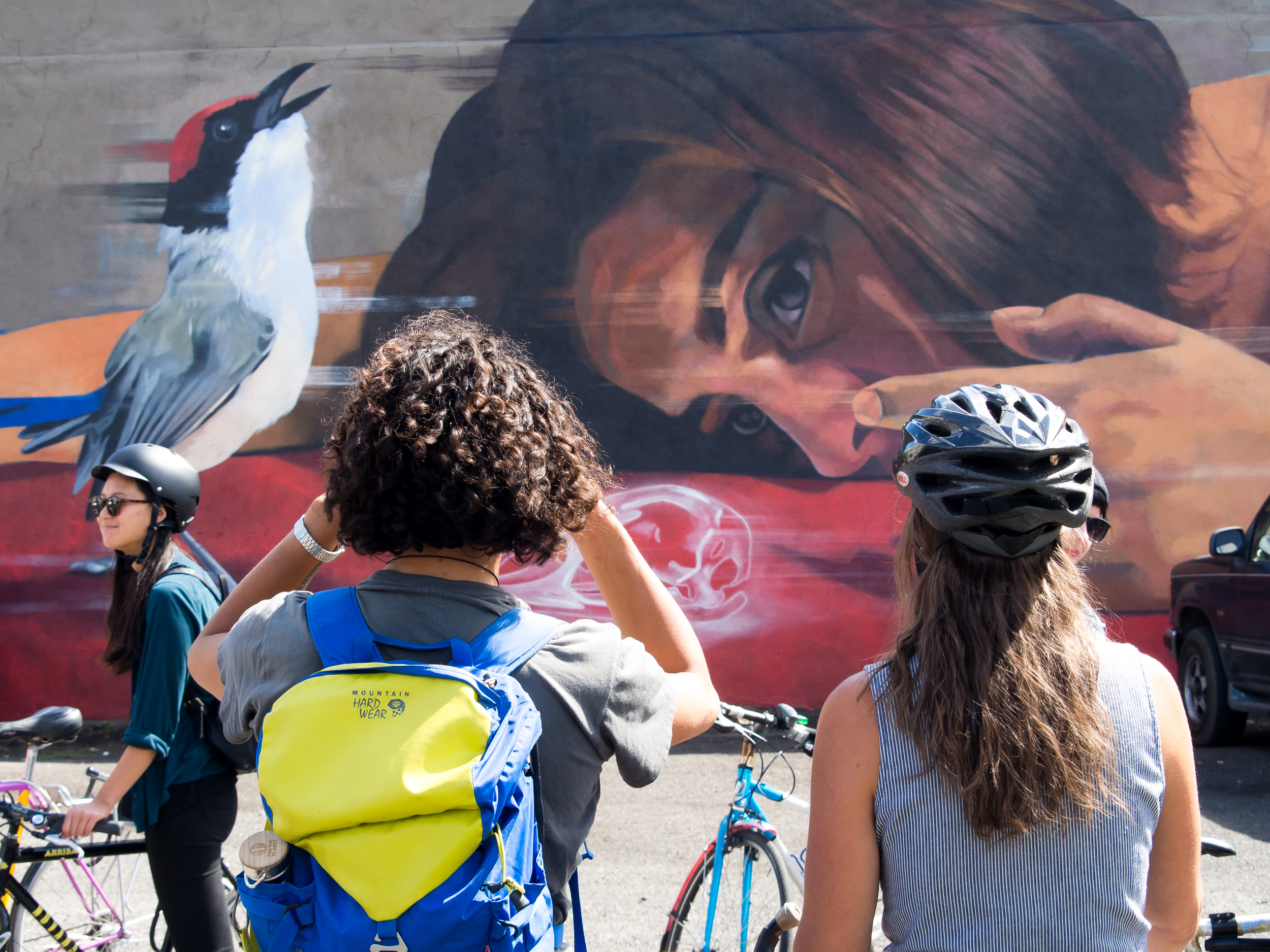















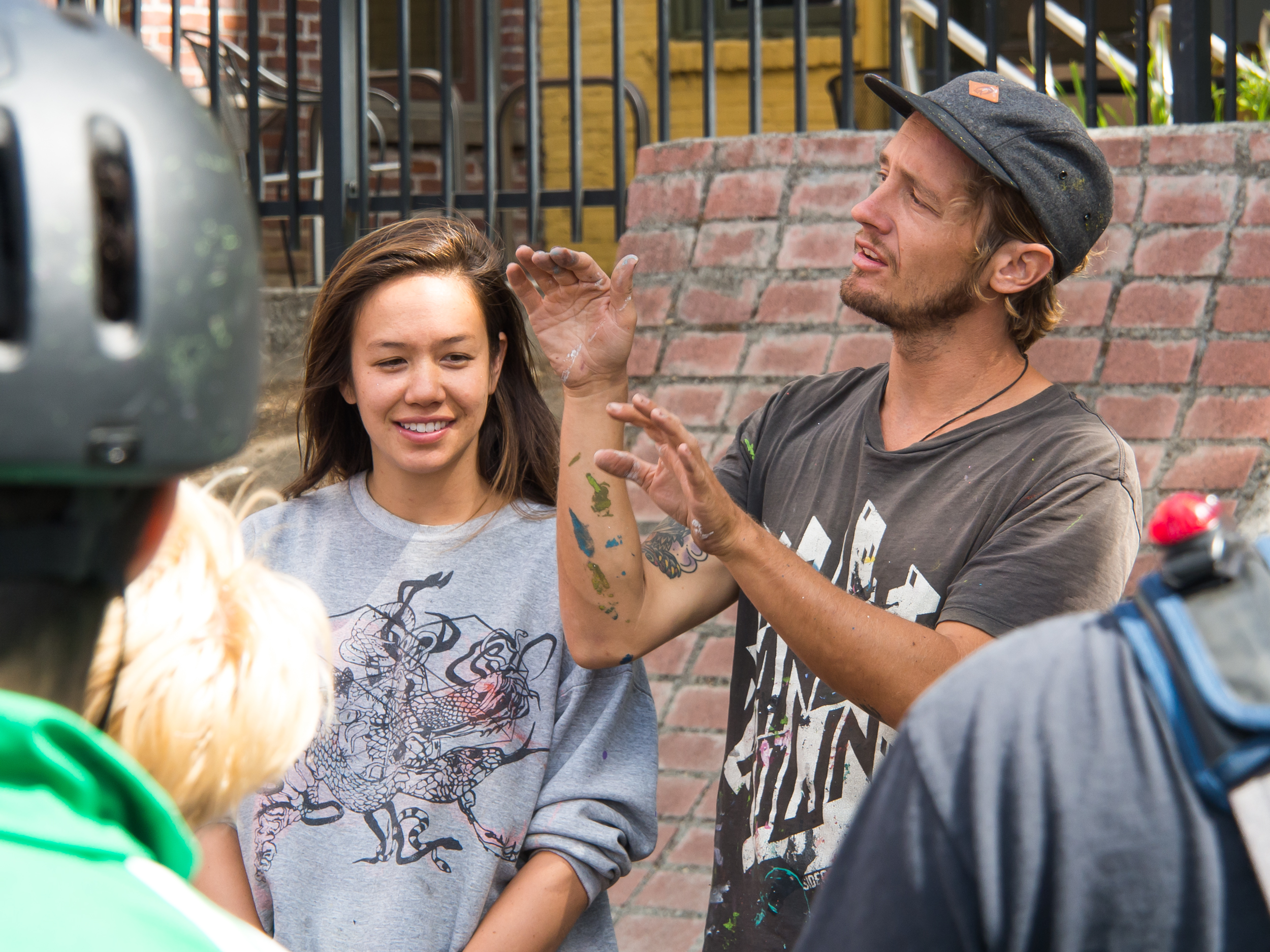





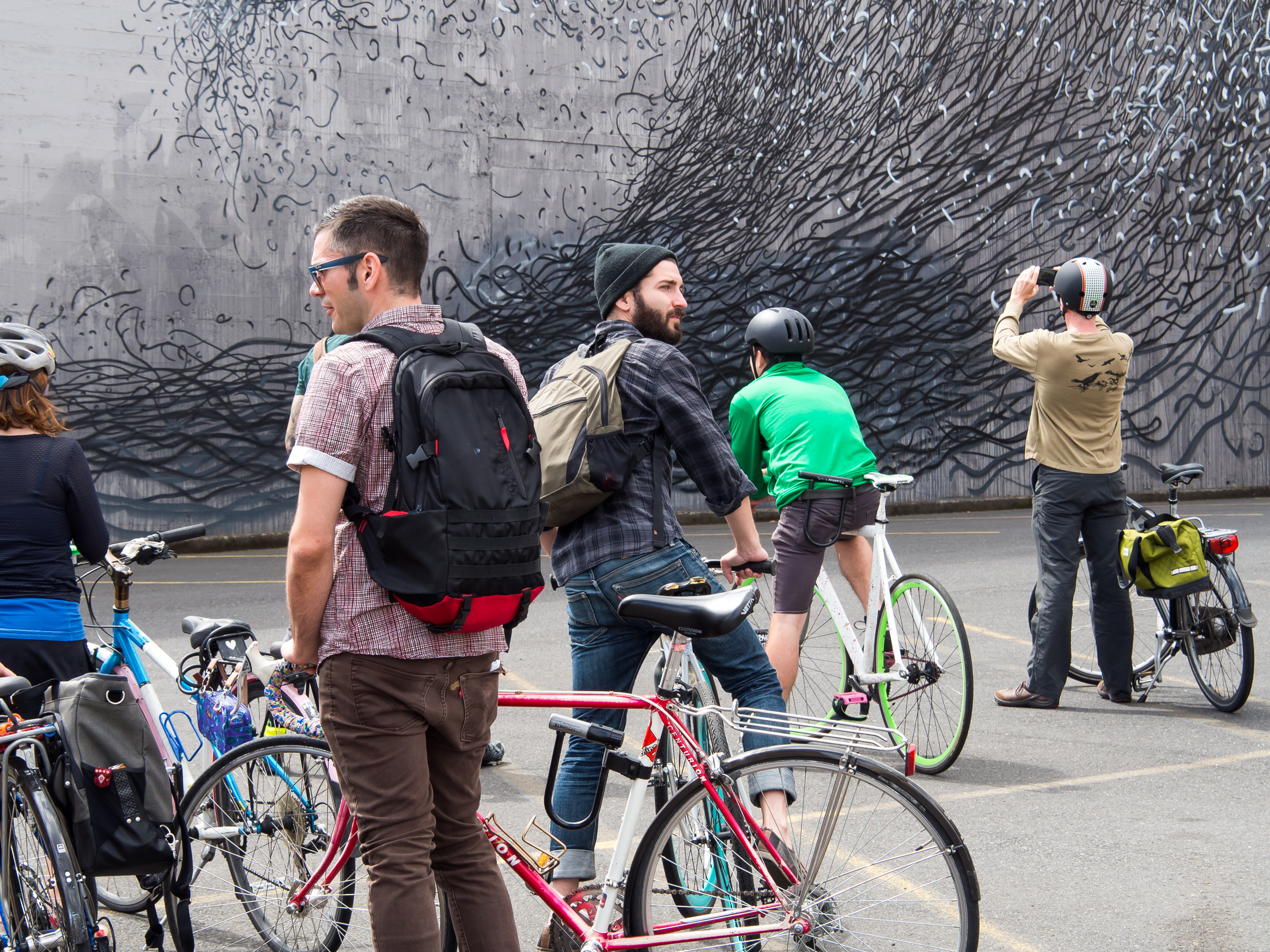






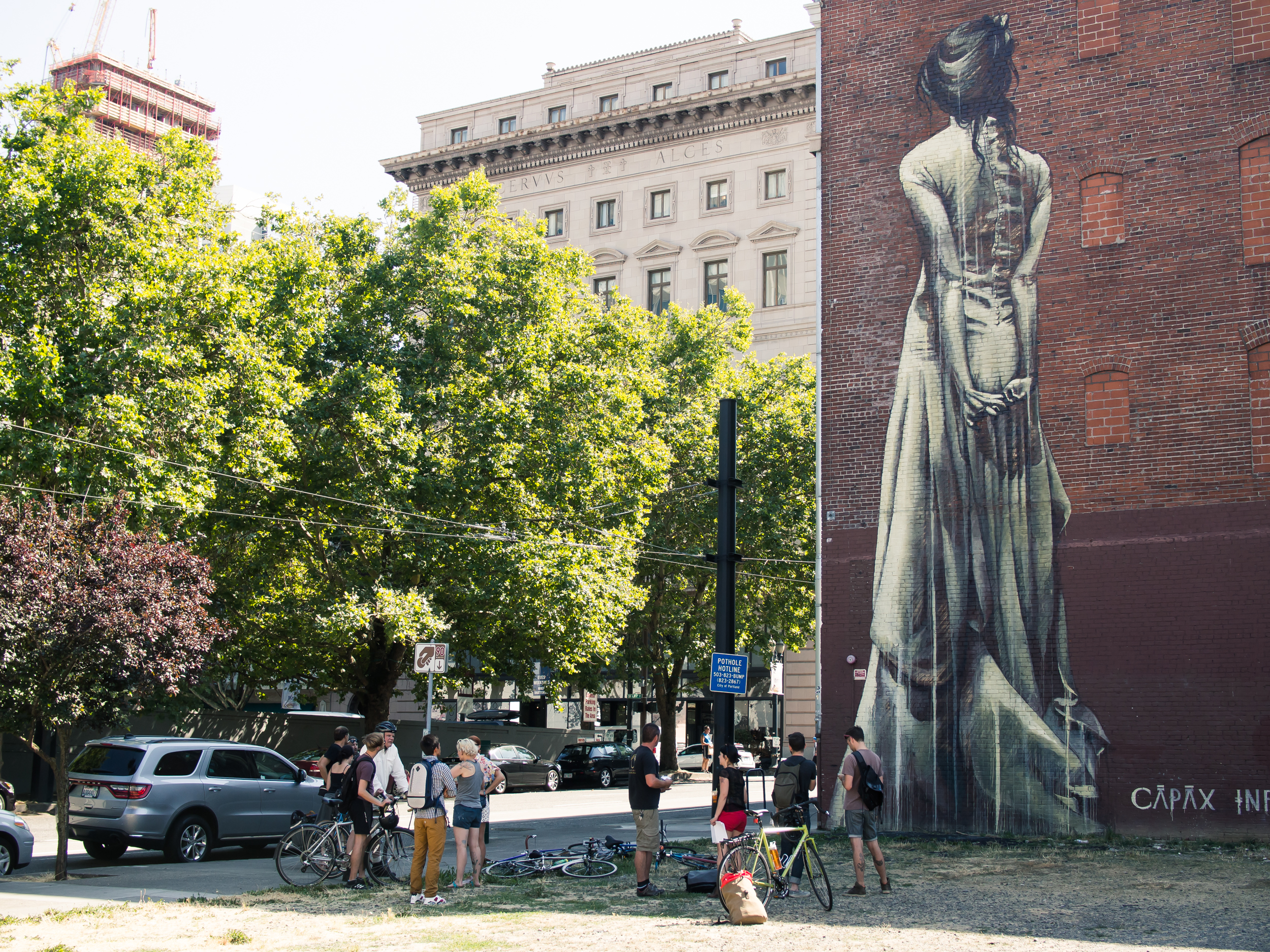







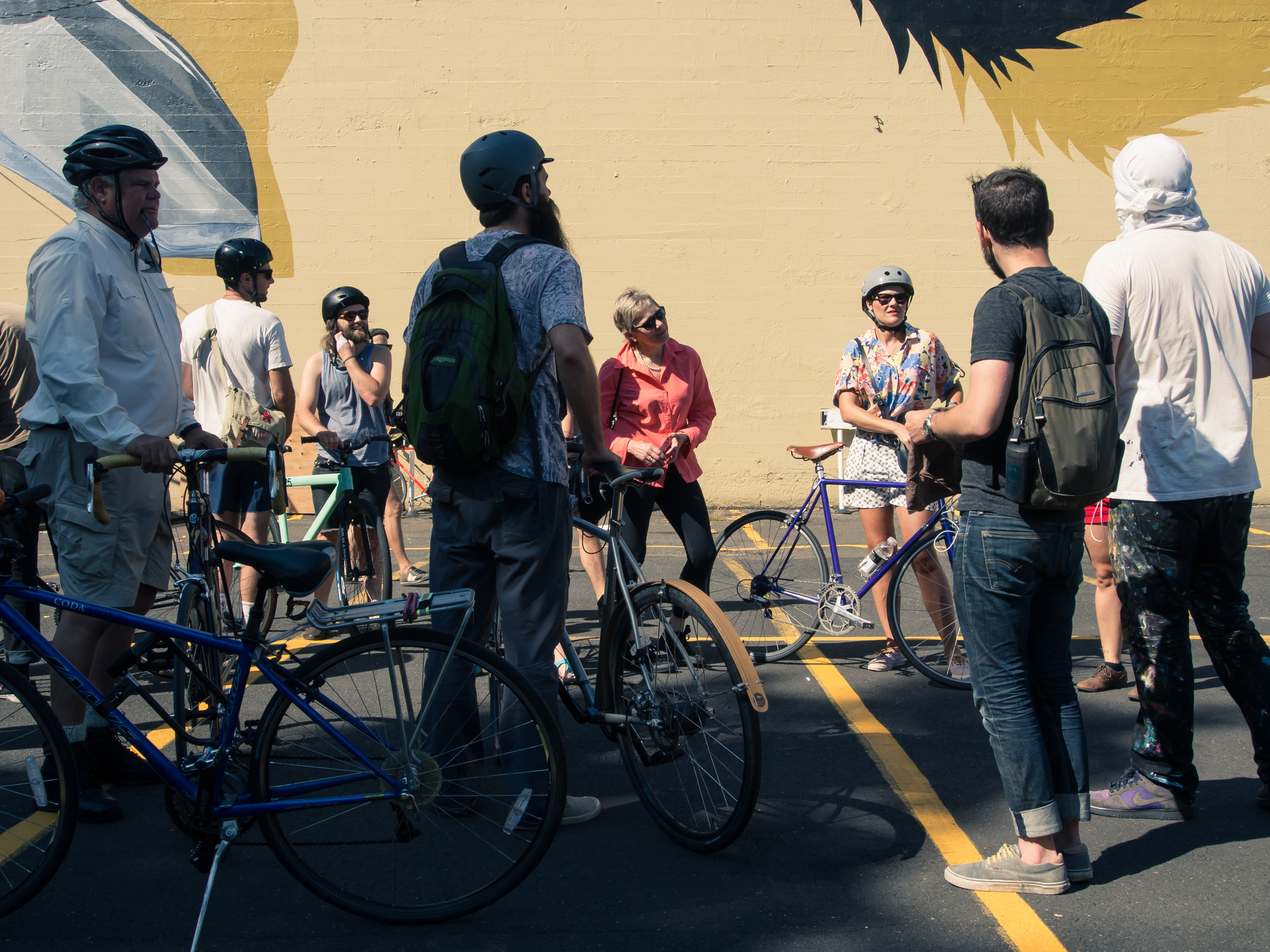




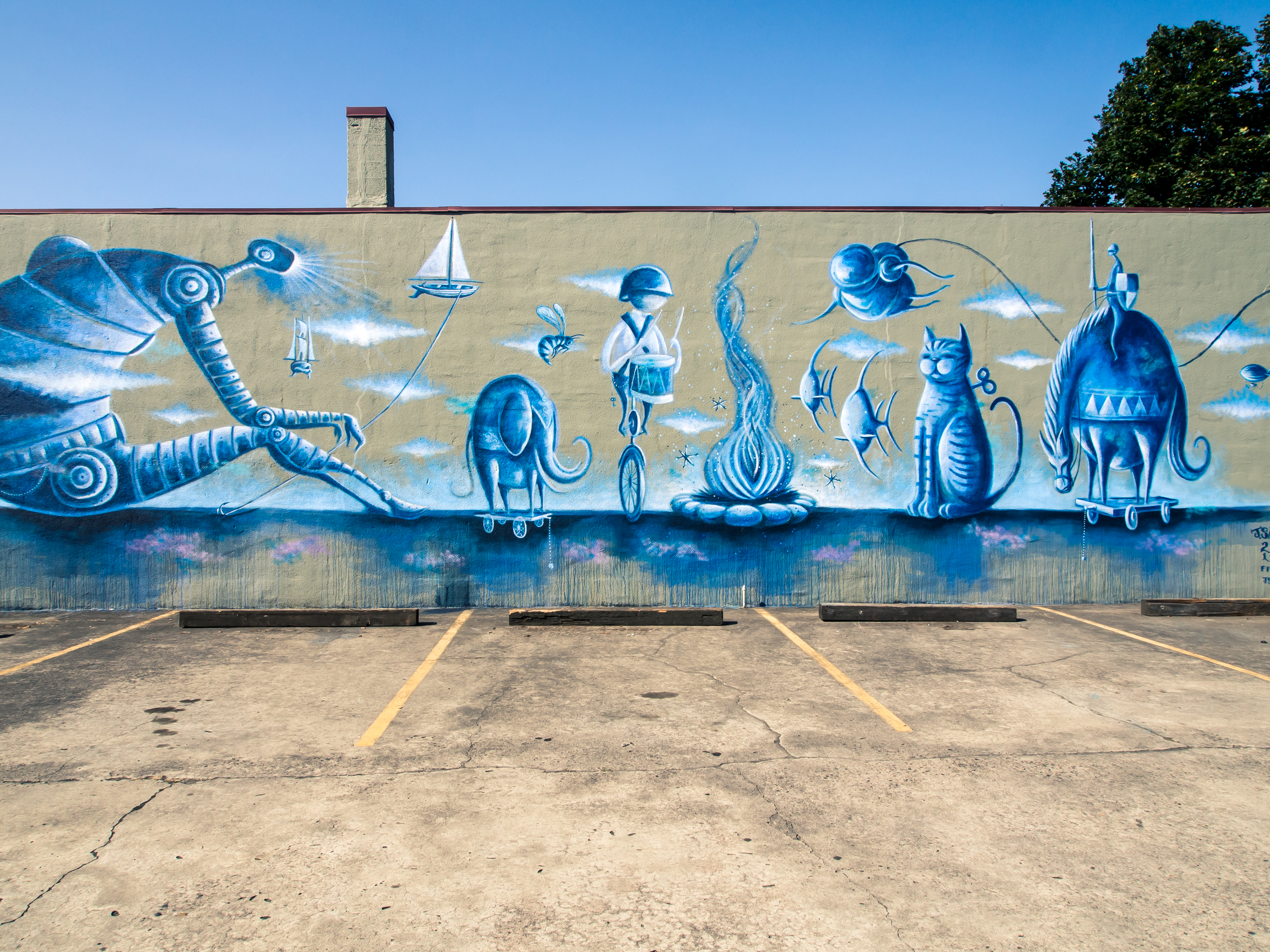







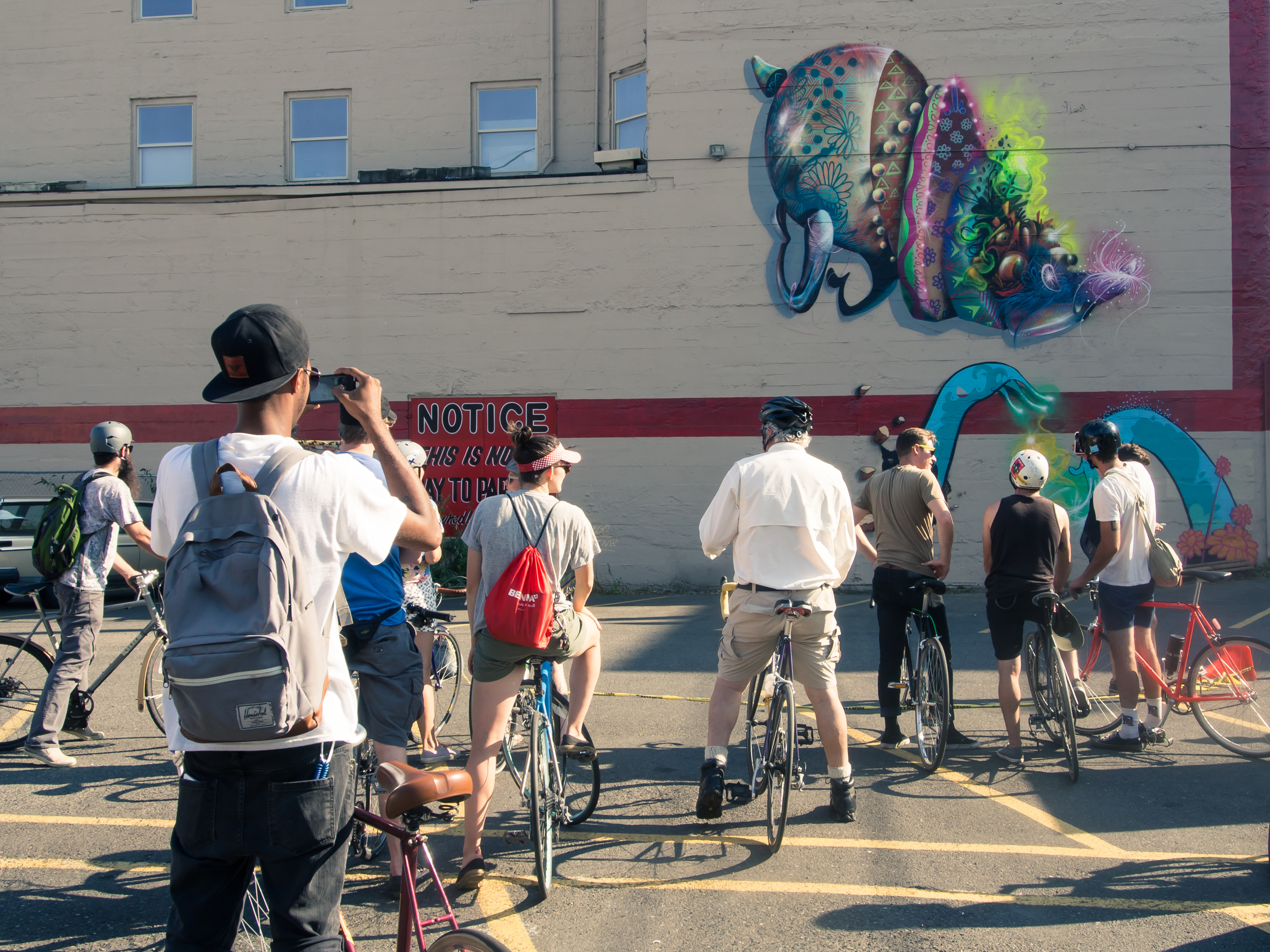




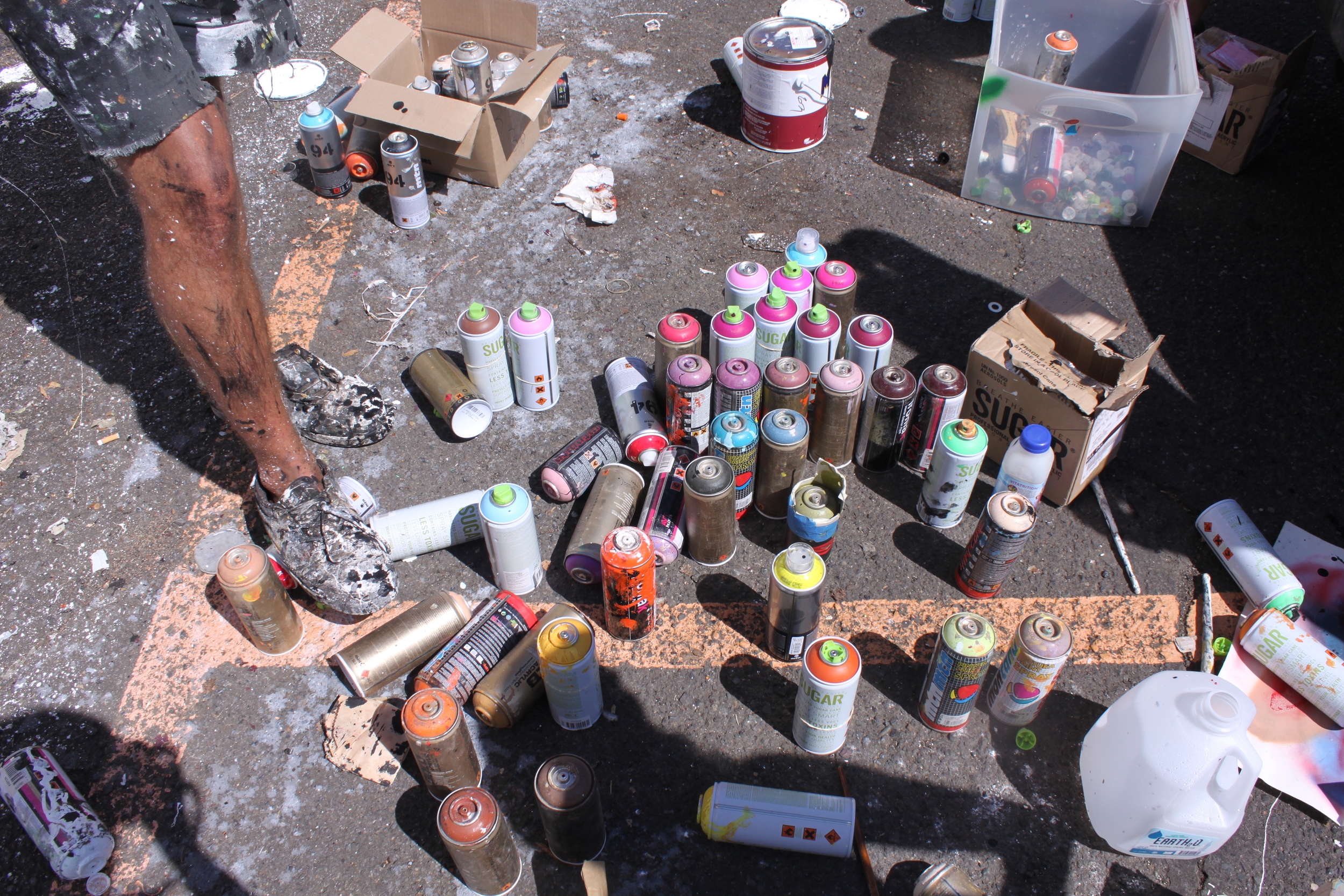



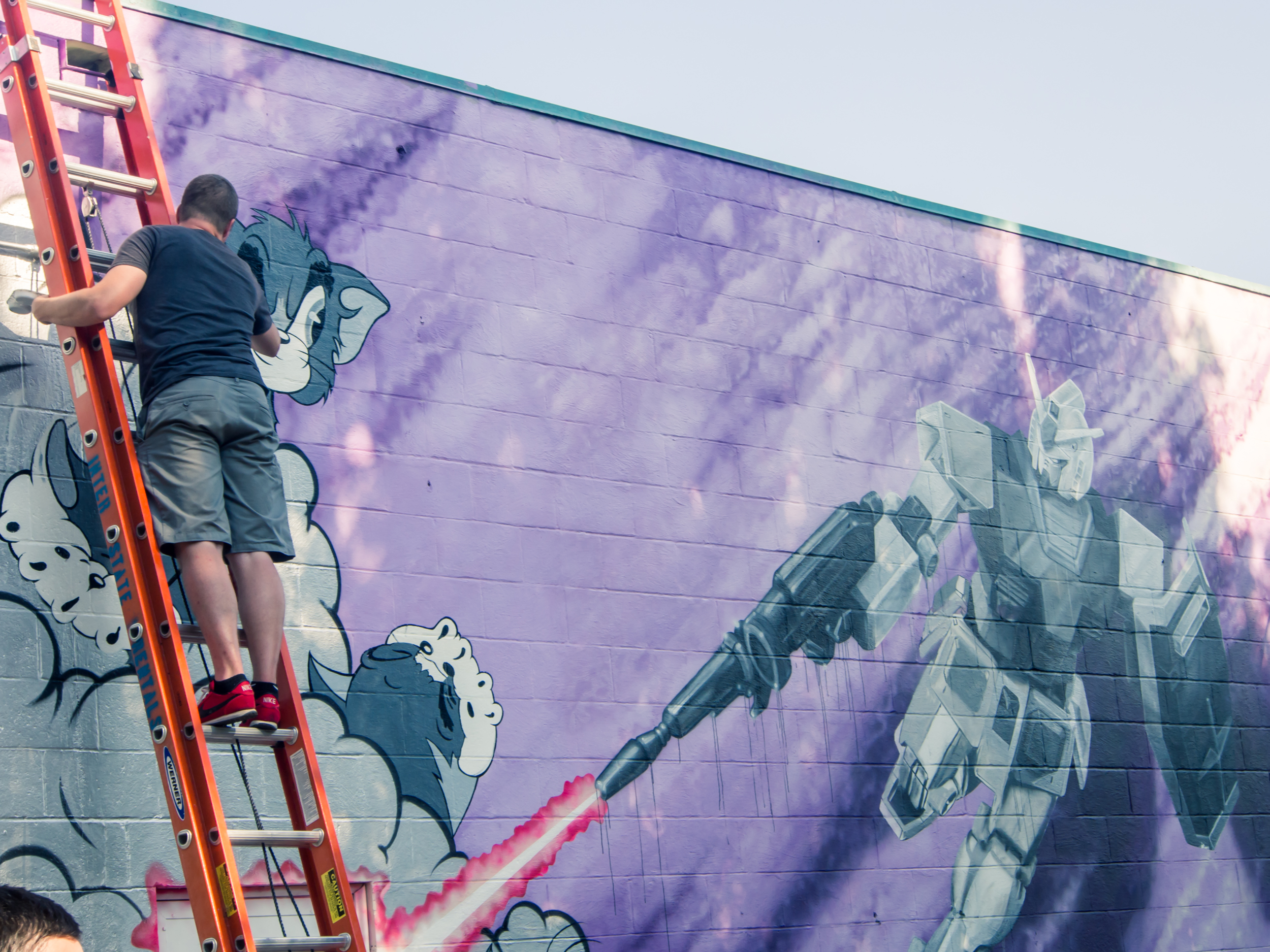

















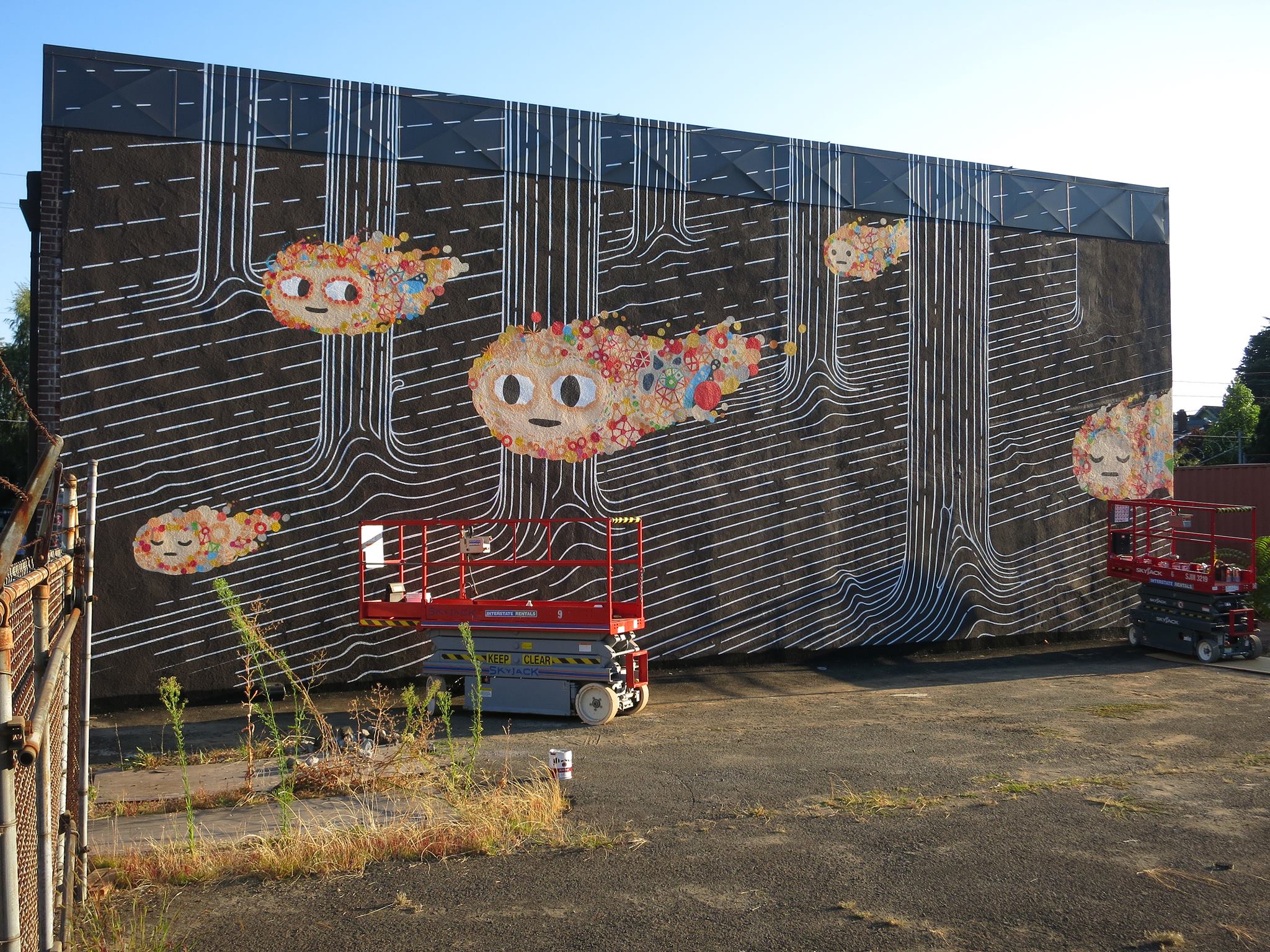
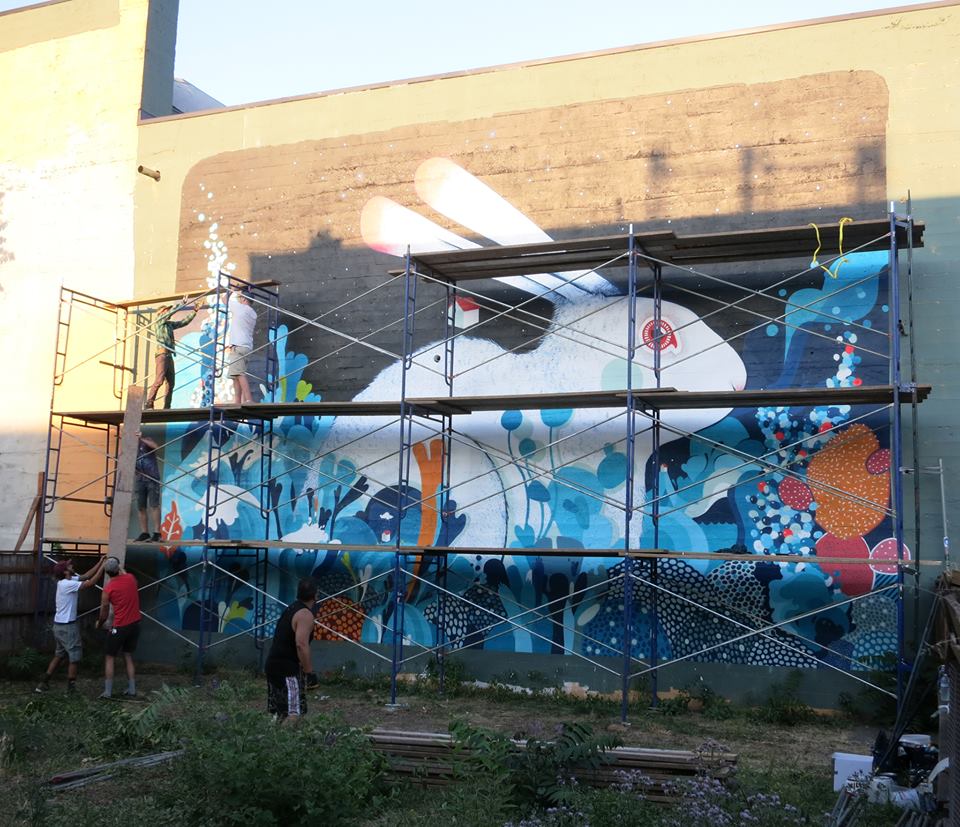





















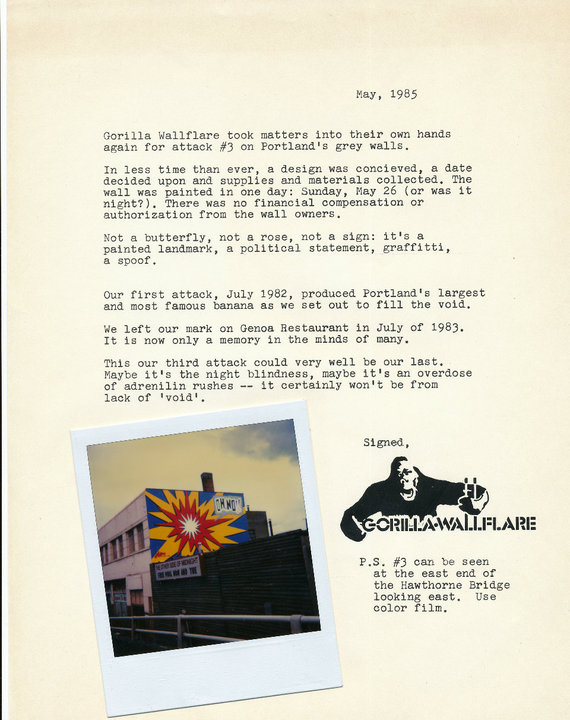
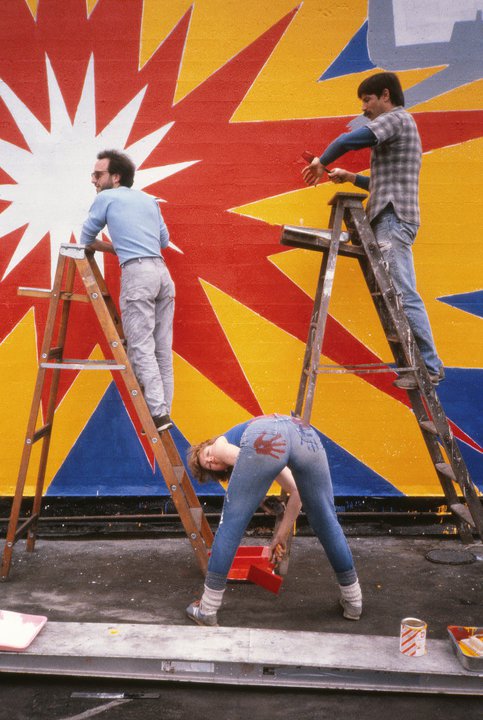





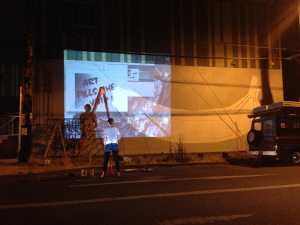

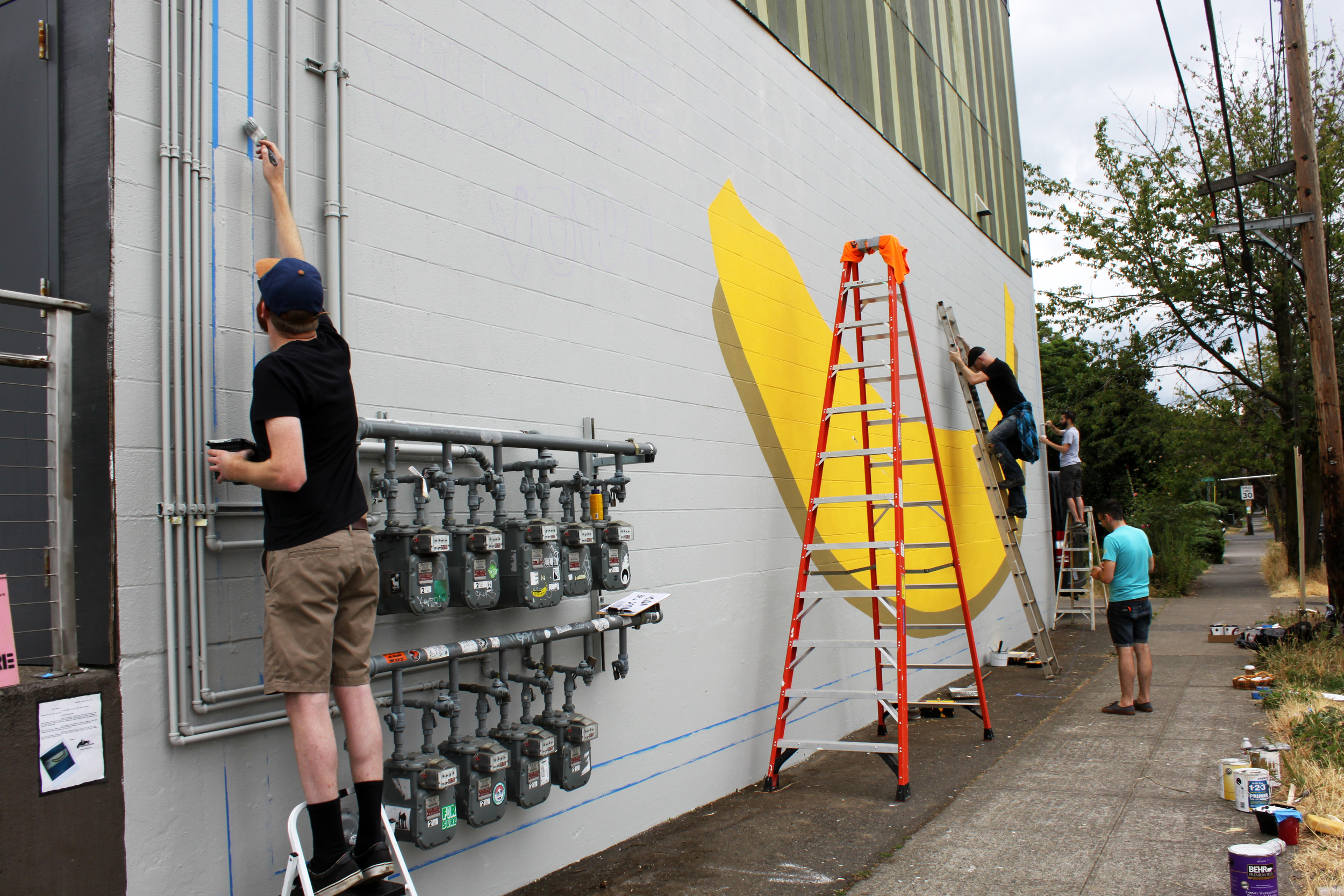

















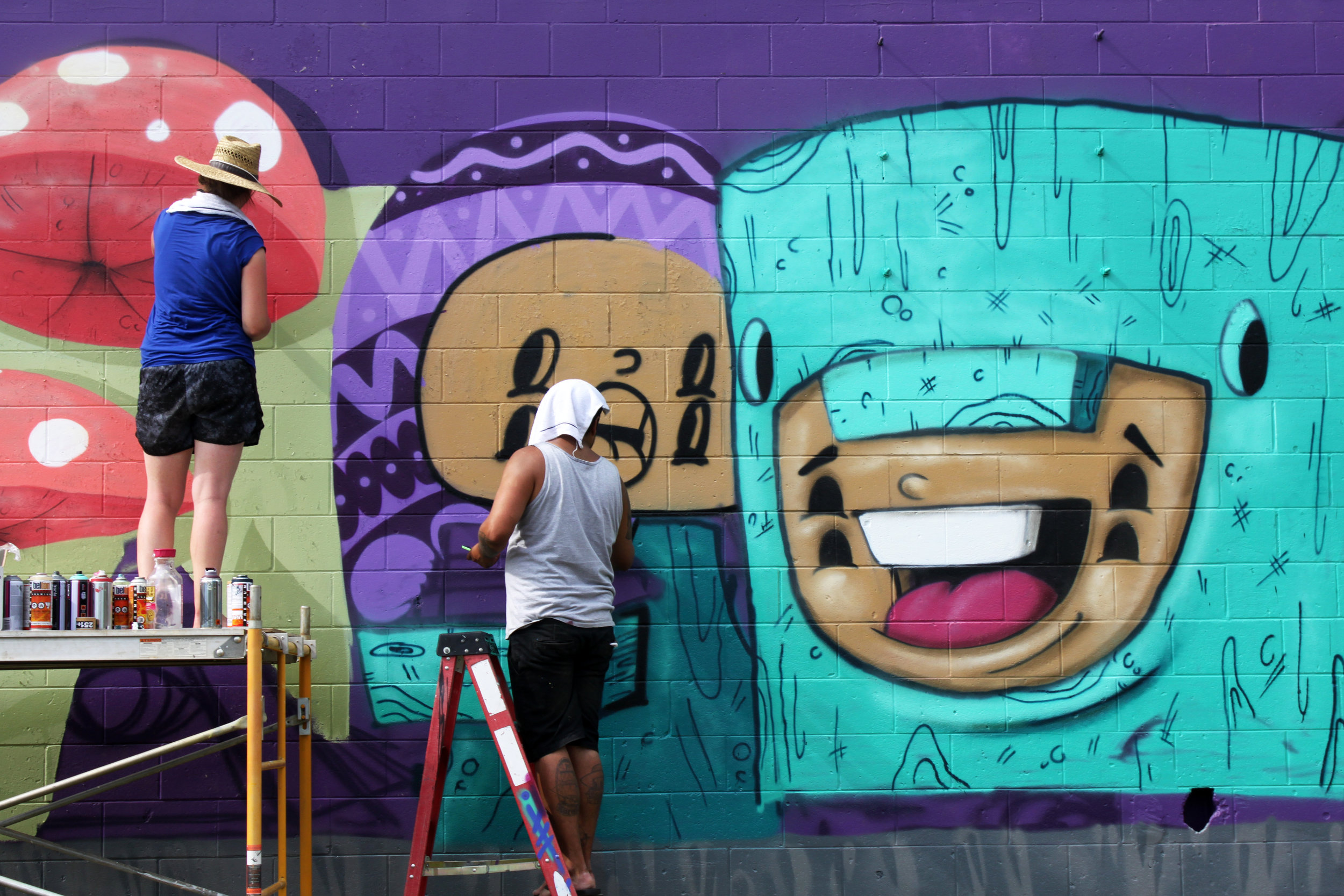


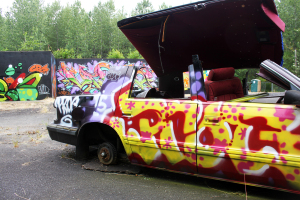













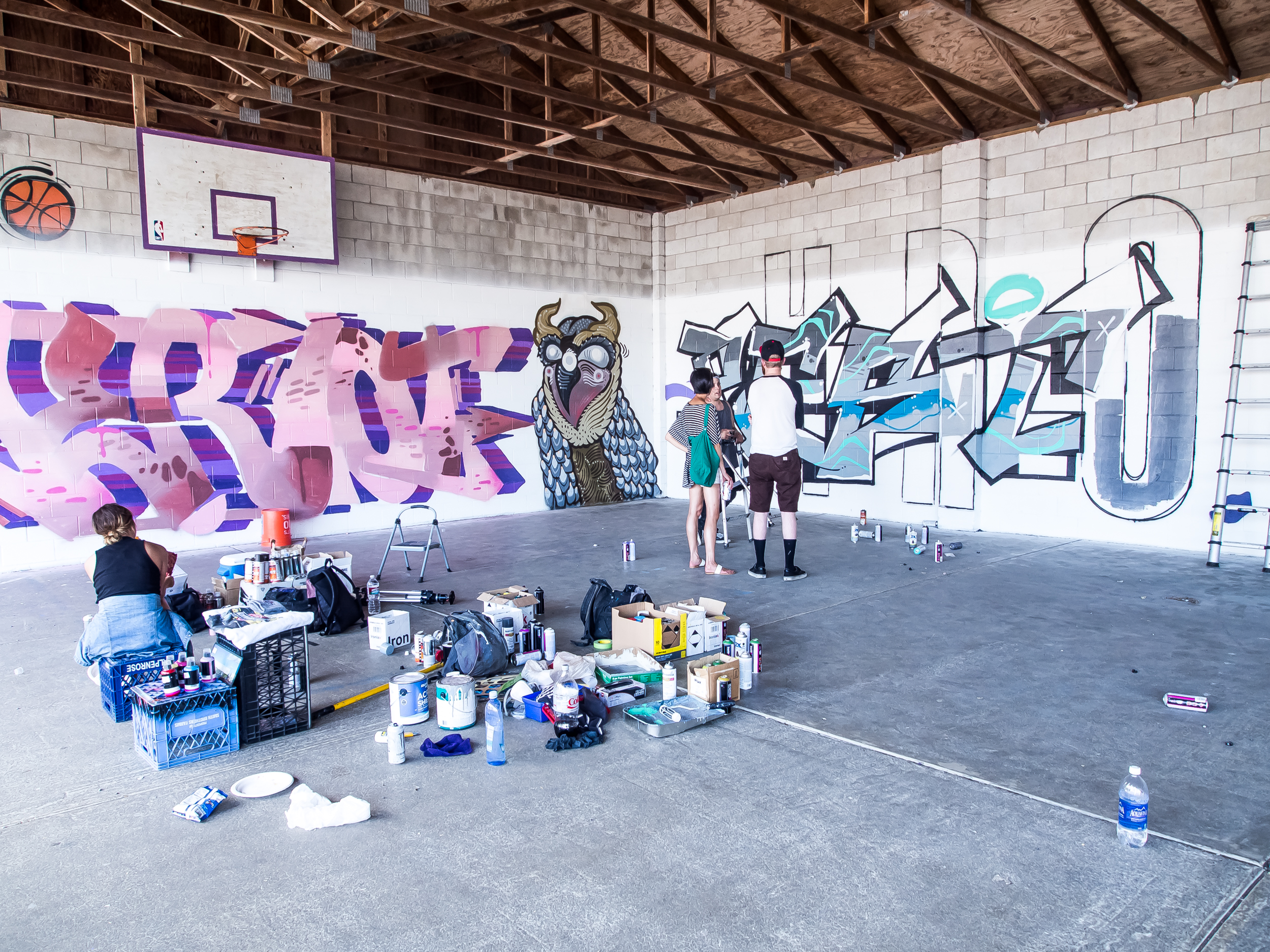































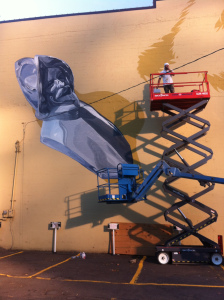

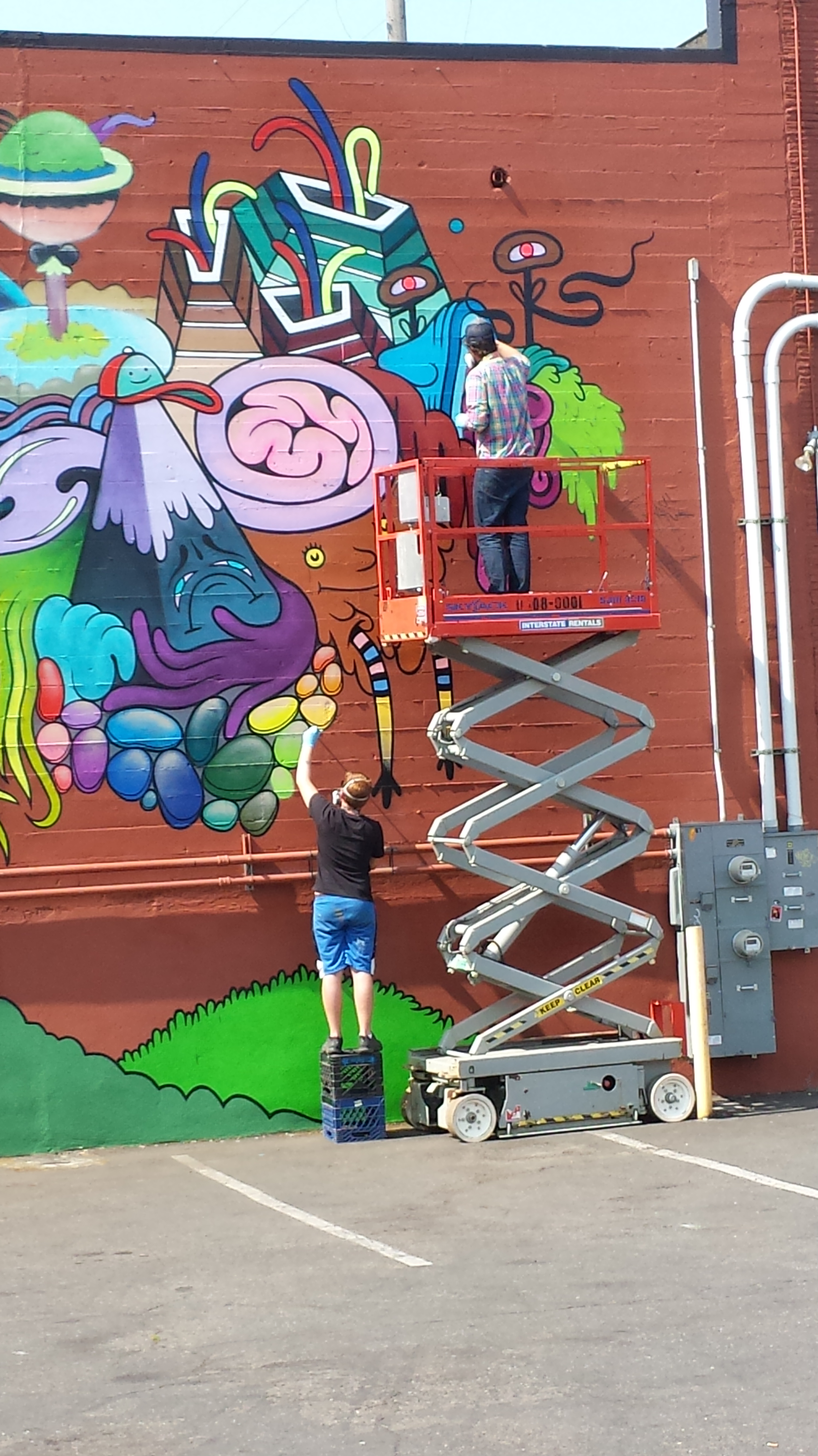





























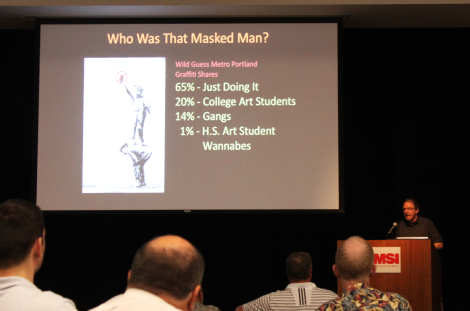




![Jessica and Jenny dress up downtown’s deer. [Photo by: Travel Portland]](https://images.squarespace-cdn.com/content/v1/54c5d2a7e4b0df35f166e6f8/1475722286013-CH04PFRIW9V7RKU22Z3P/Jessica+and+Jenny+dress+up+downtown%E2%80%99s+deer.+%5BPhoto+by%3A+Travel+Portland%5D)
![UglySweaterPDX 2014 [Photo by: Gina Murrell]](https://images.squarespace-cdn.com/content/v1/54c5d2a7e4b0df35f166e6f8/1475722319879-L46UH97OBUGHTGK6B6II/UglySweaterPDX+2014+%5BPhoto+by%3A+Gina+Murrell%5D)
![Claudia knits on some leg cozies [Photo by: Jaime Valdez]](https://images.squarespace-cdn.com/content/v1/54c5d2a7e4b0df35f166e6f8/1475722364327-ZFZ5AA2RI070N7BGIWJU/Claudia+knits+on+some+leg+cozies+%5BPhoto+by%3A+Jaime+Valdez%5D)






















